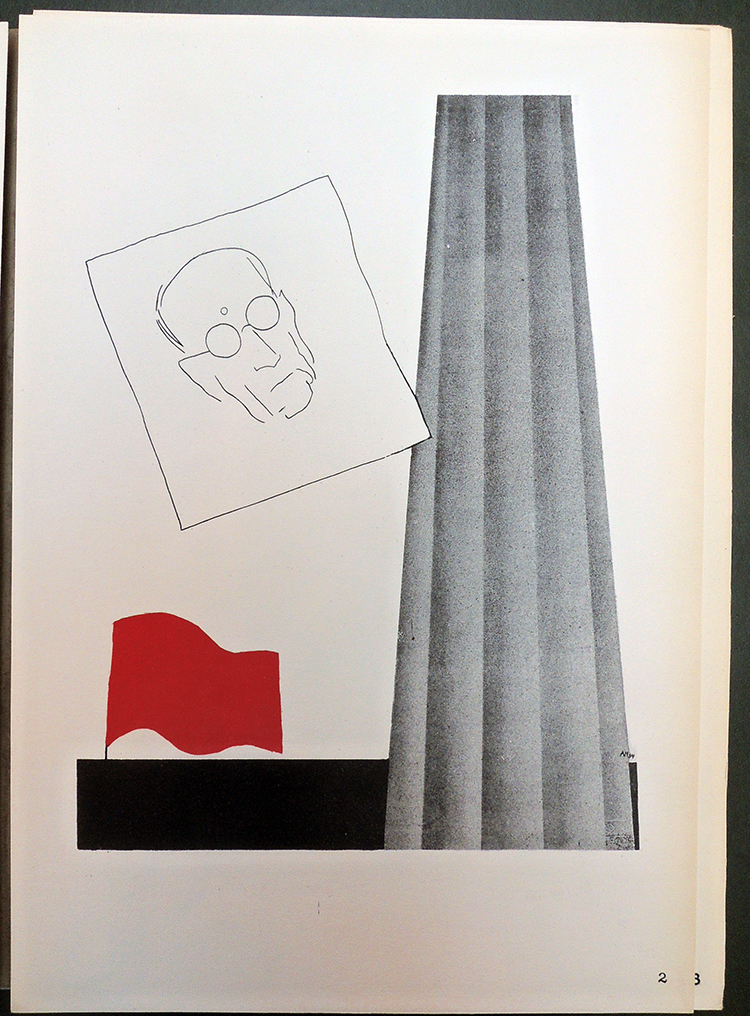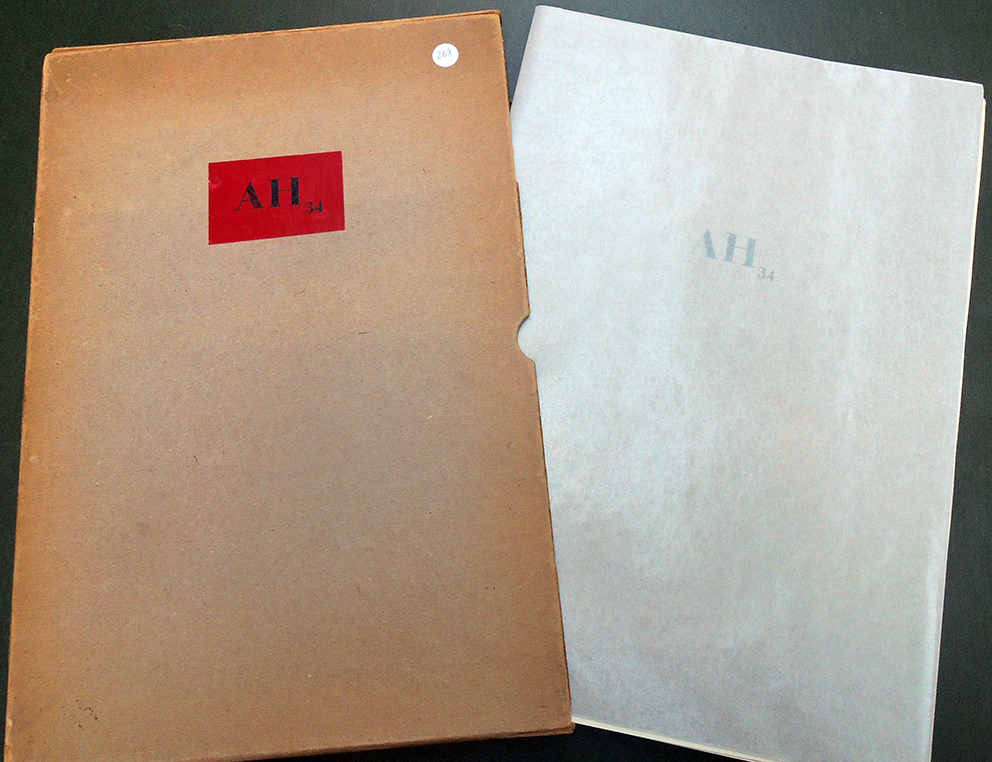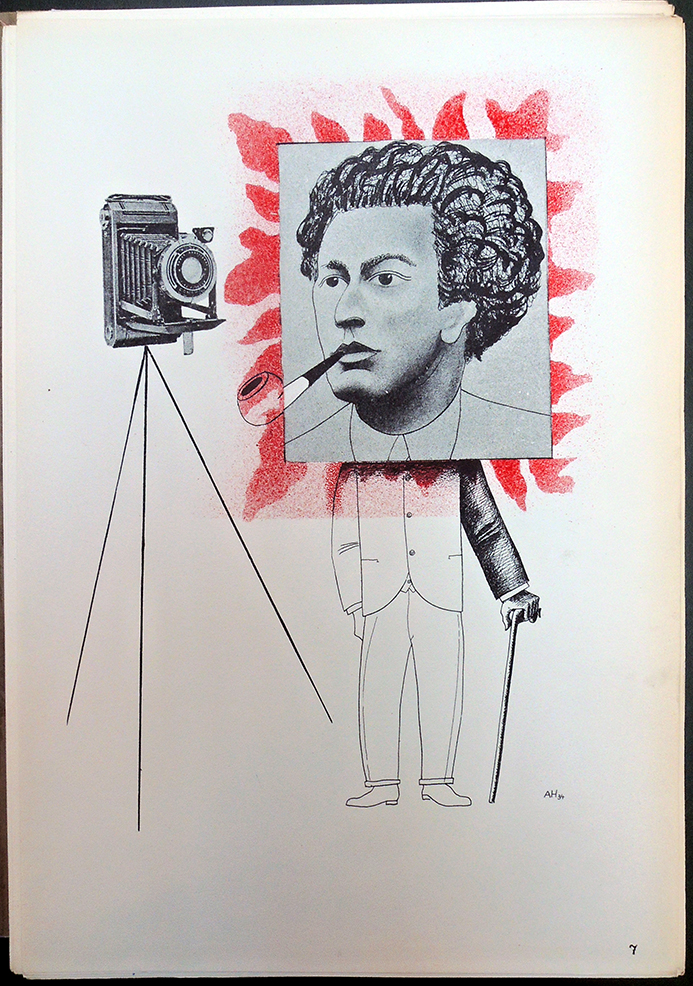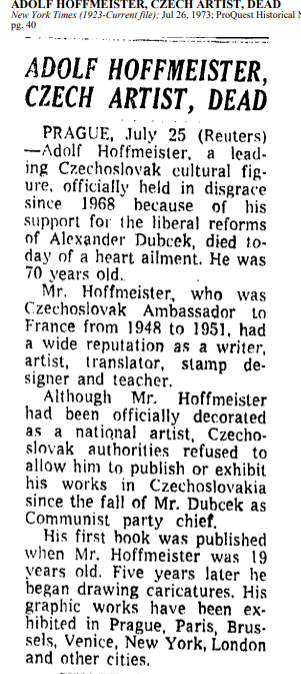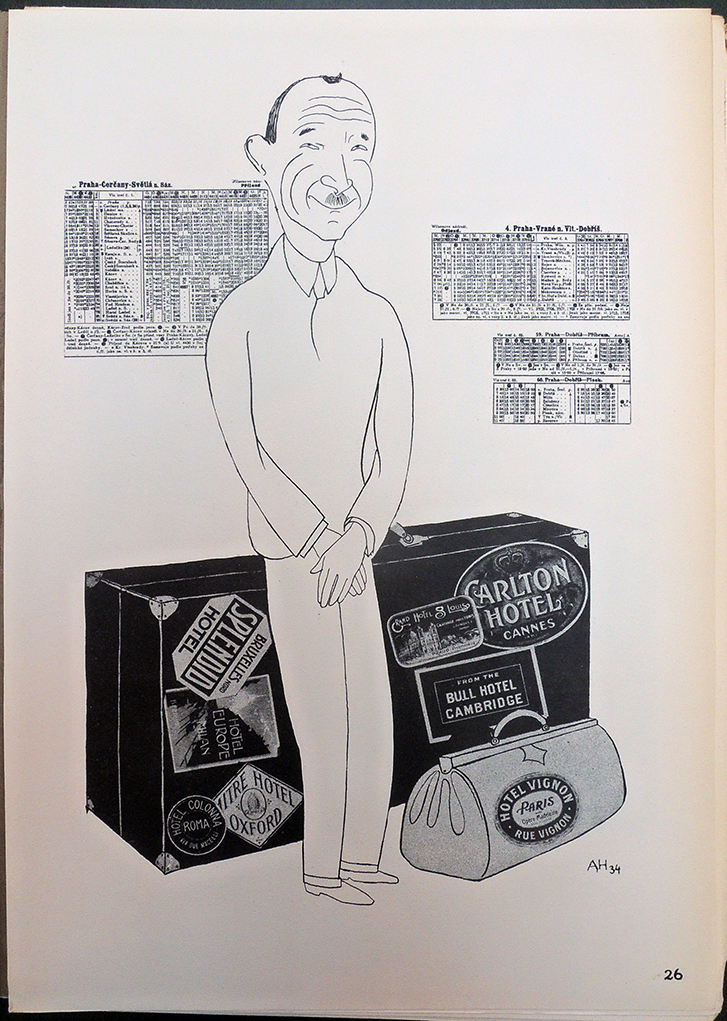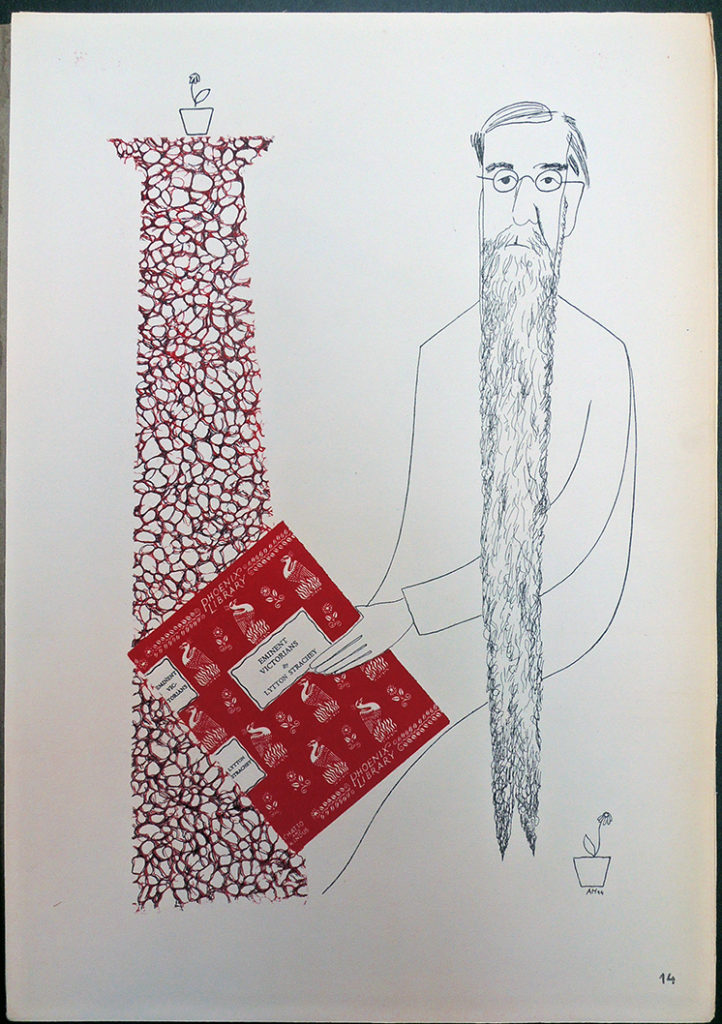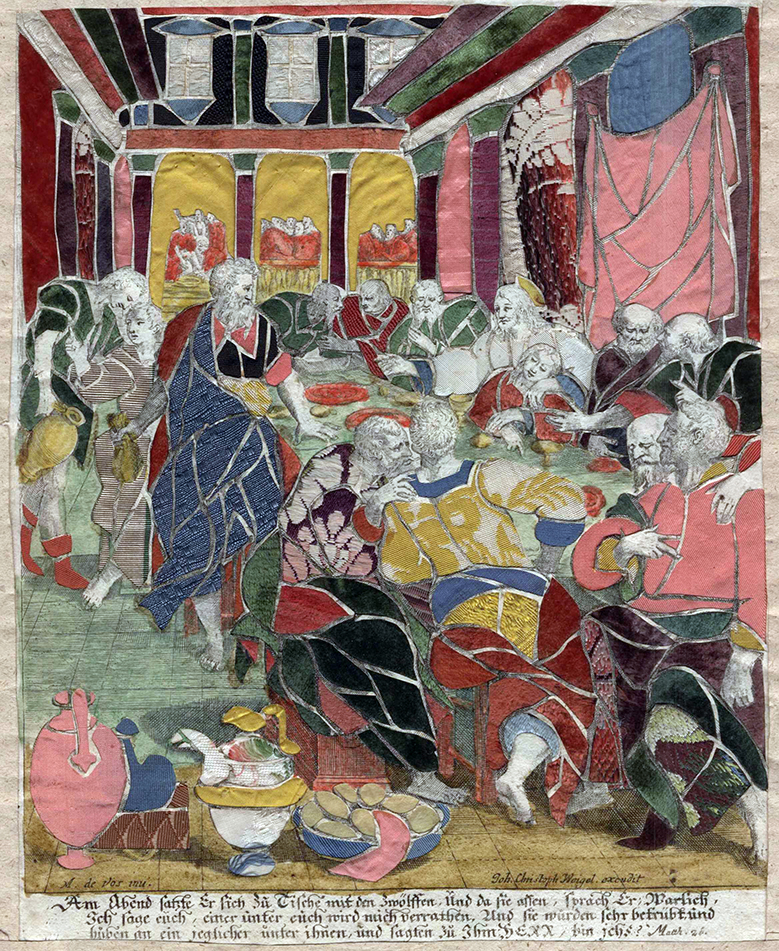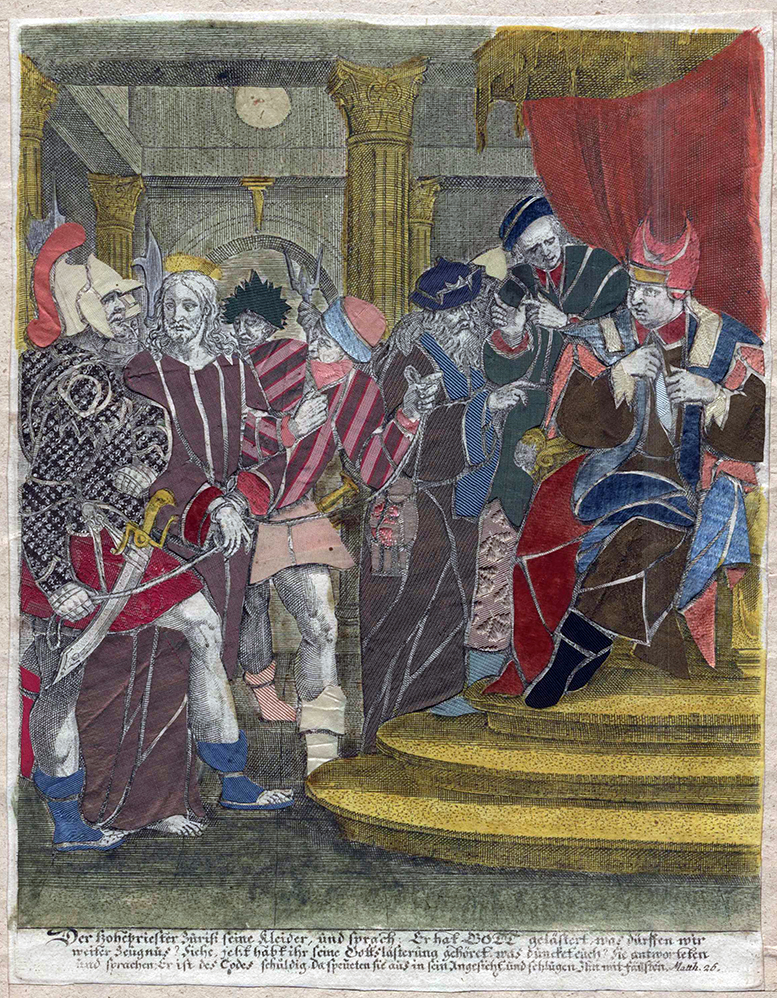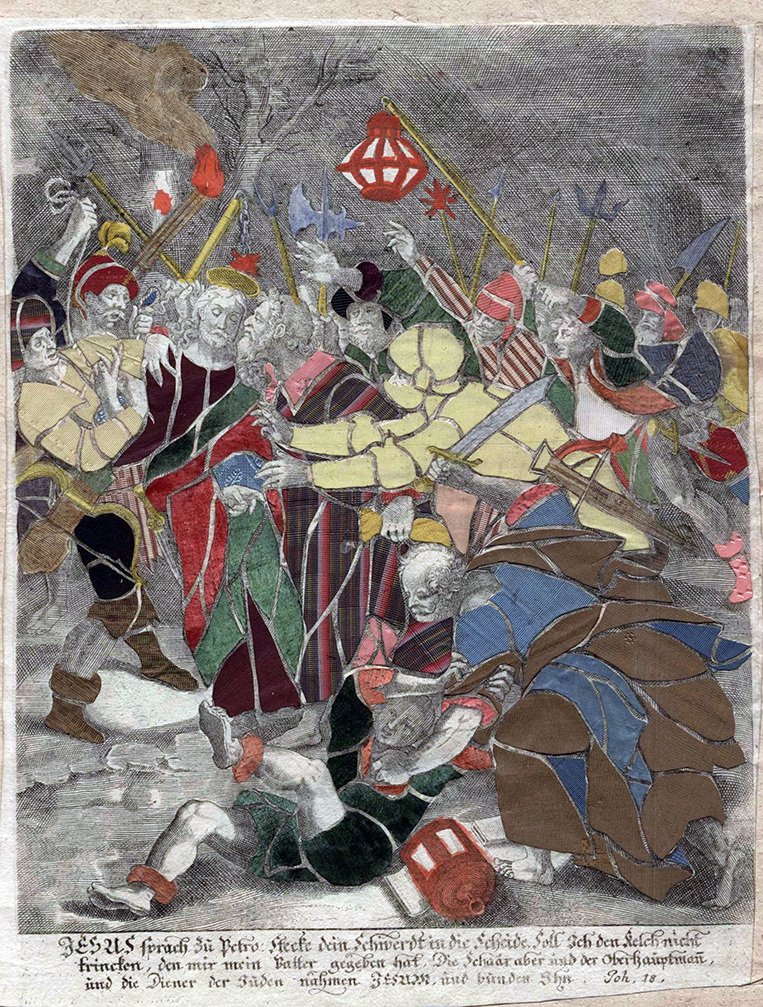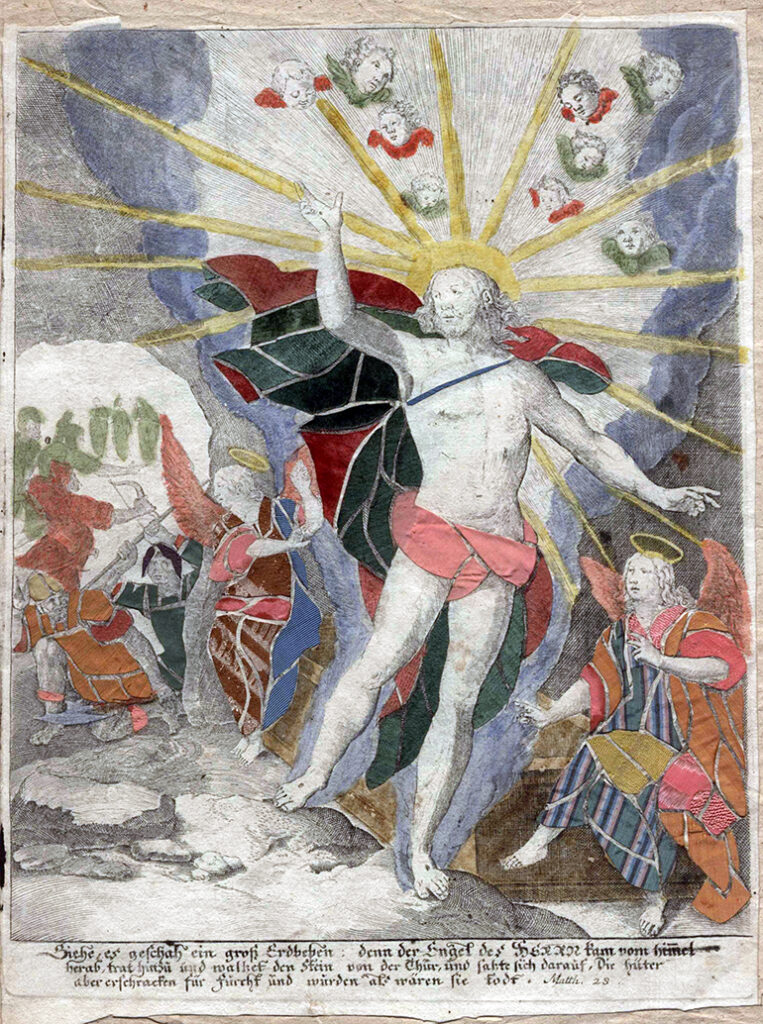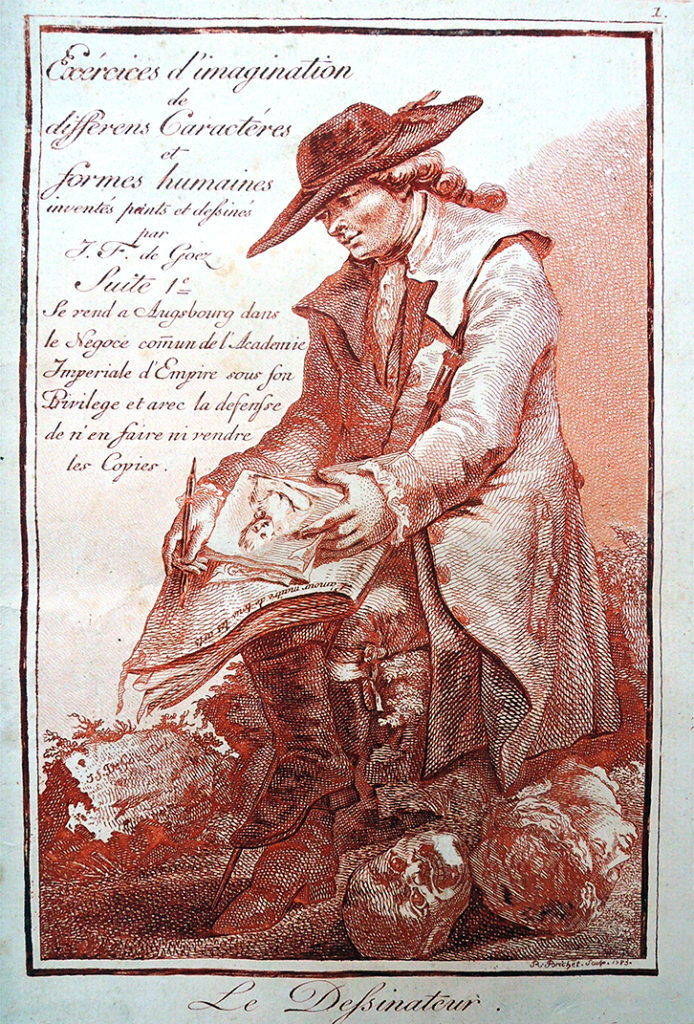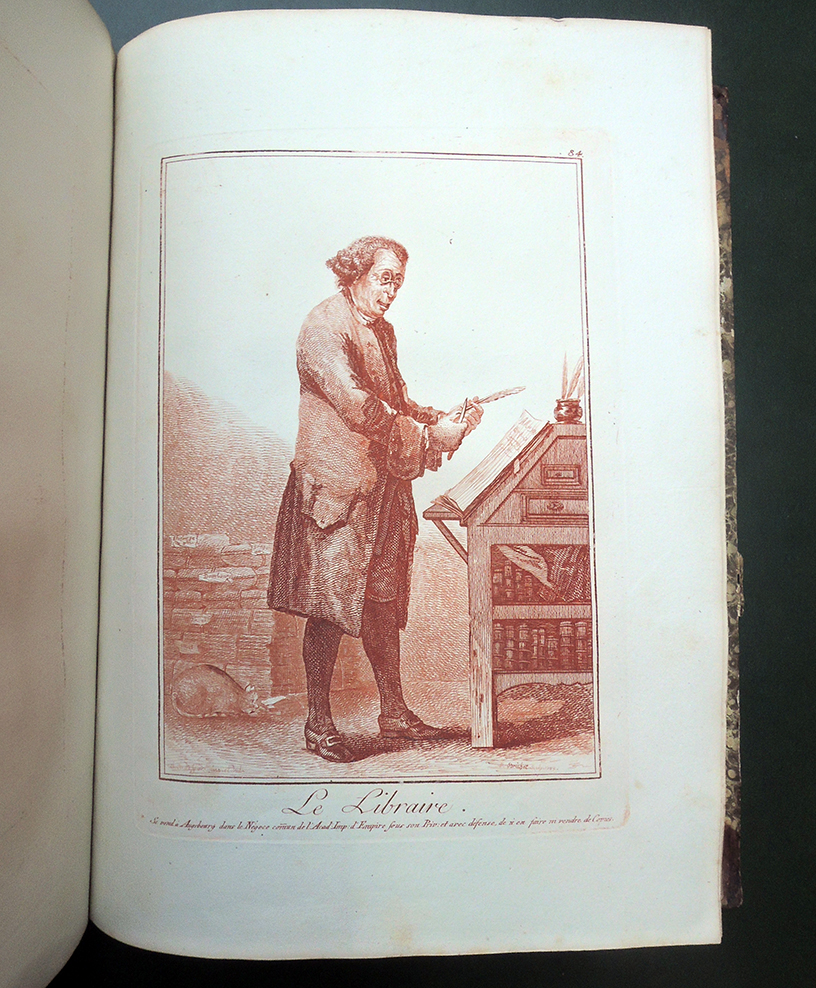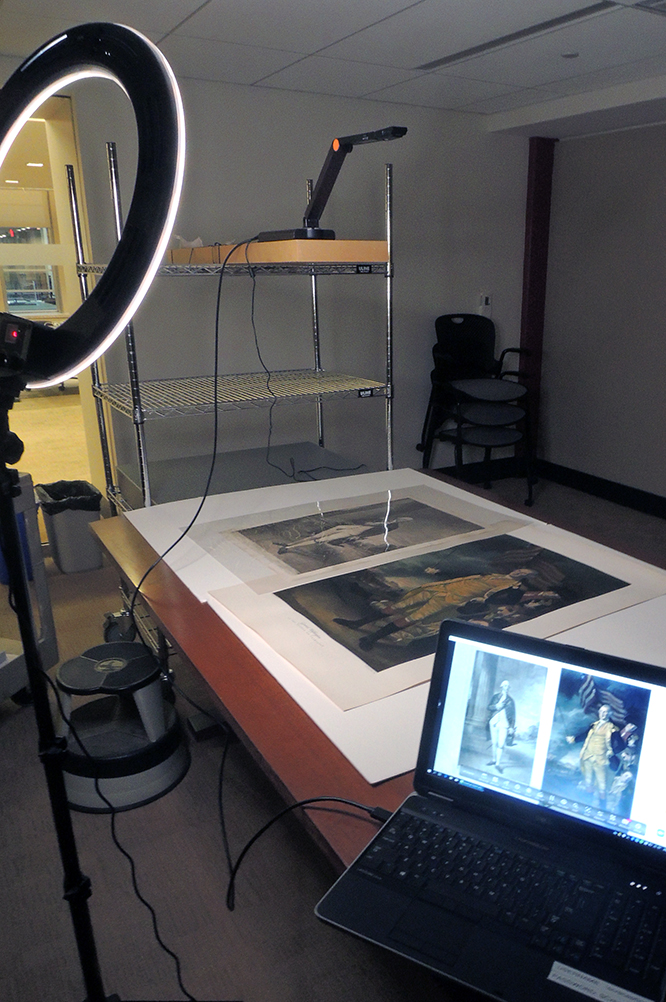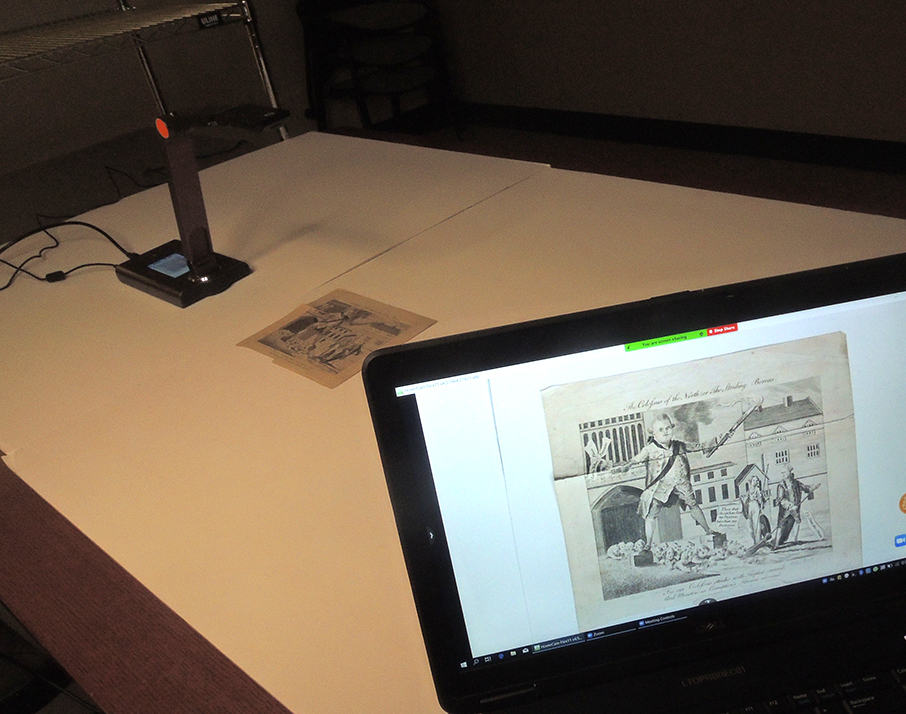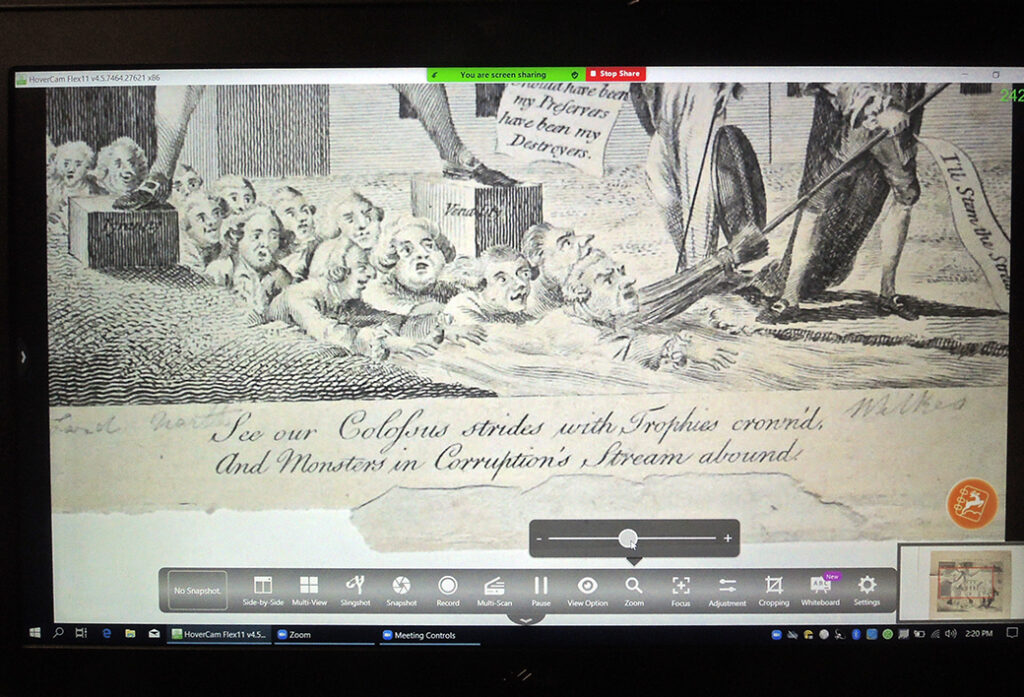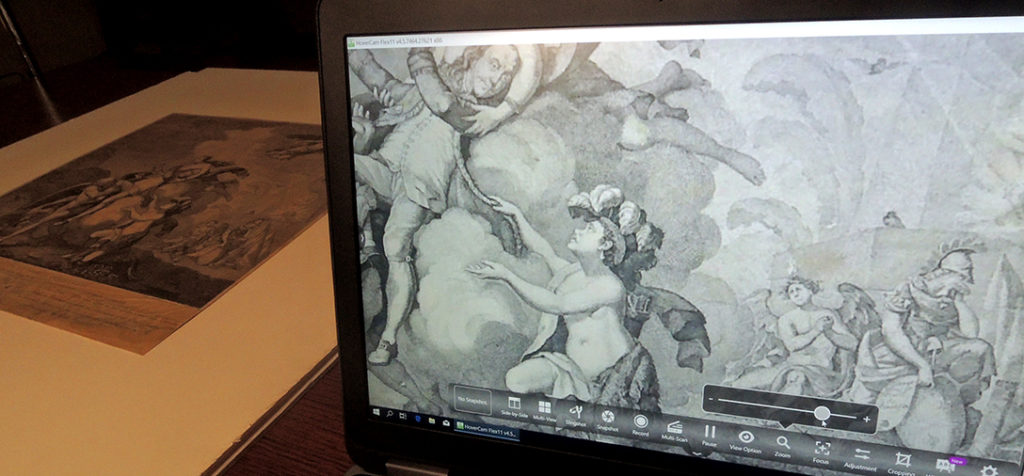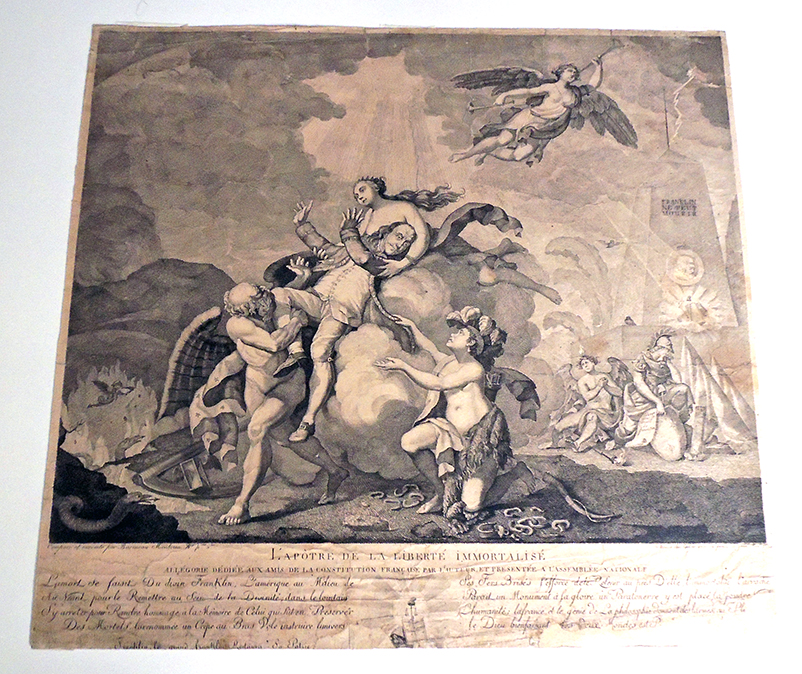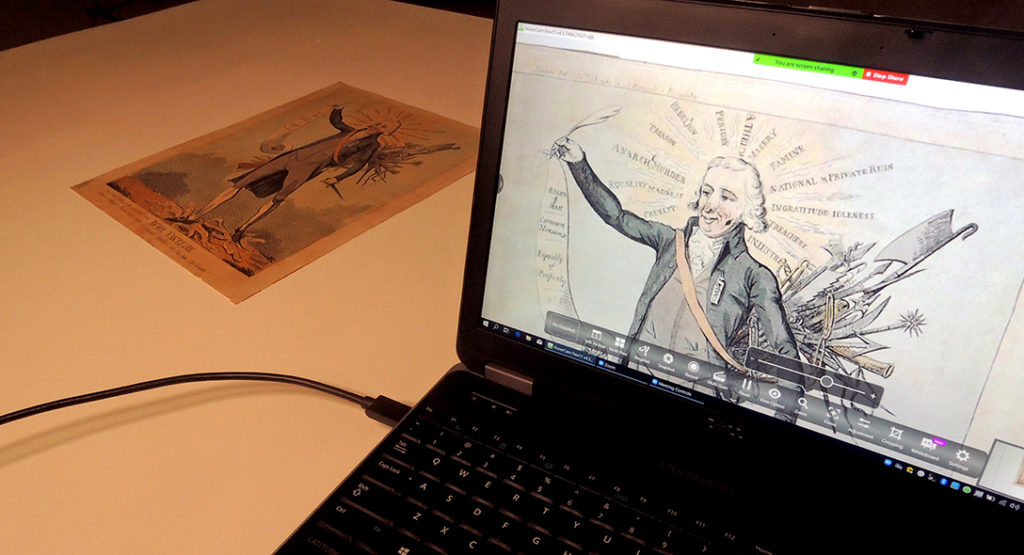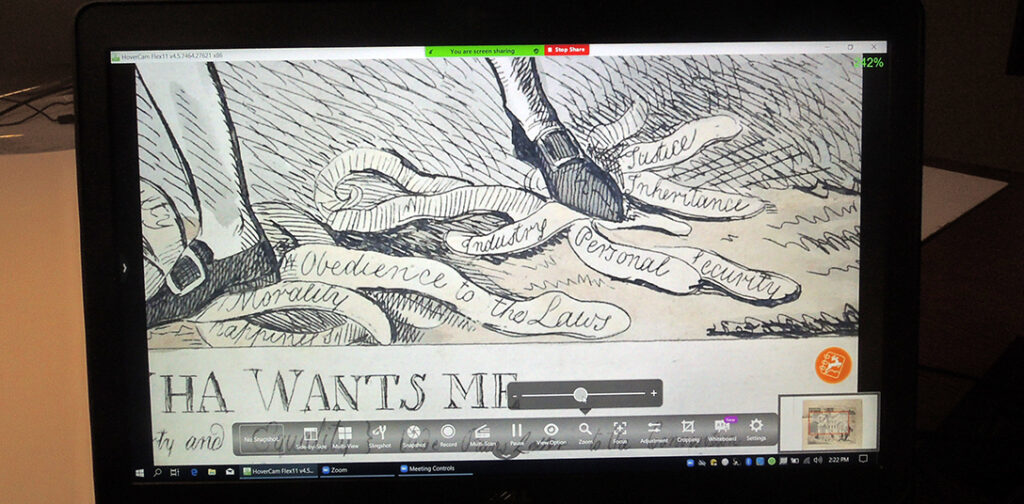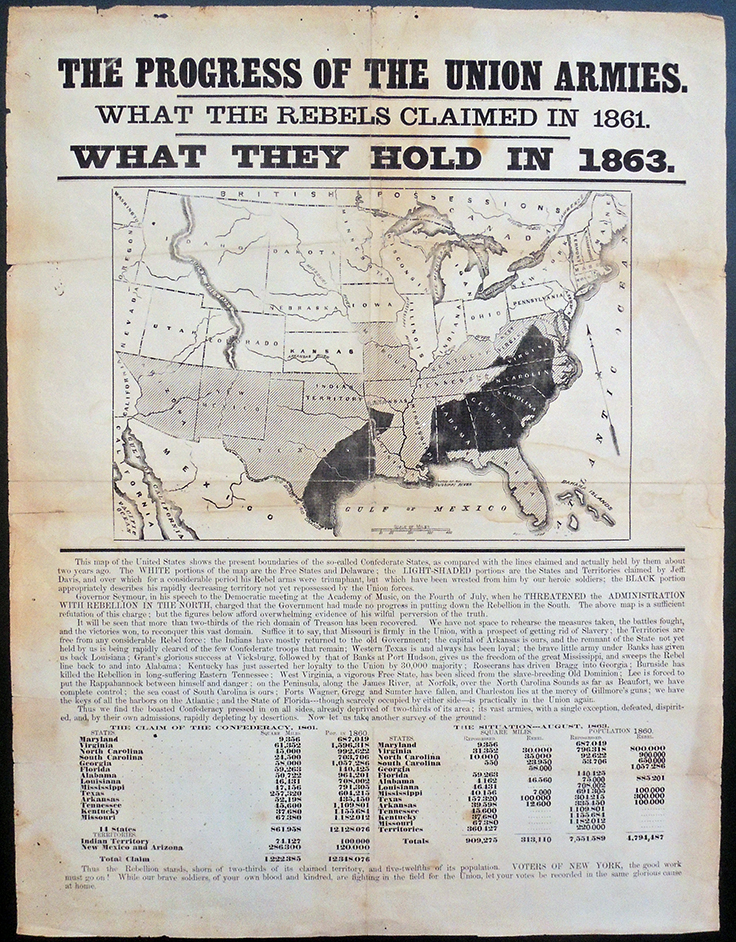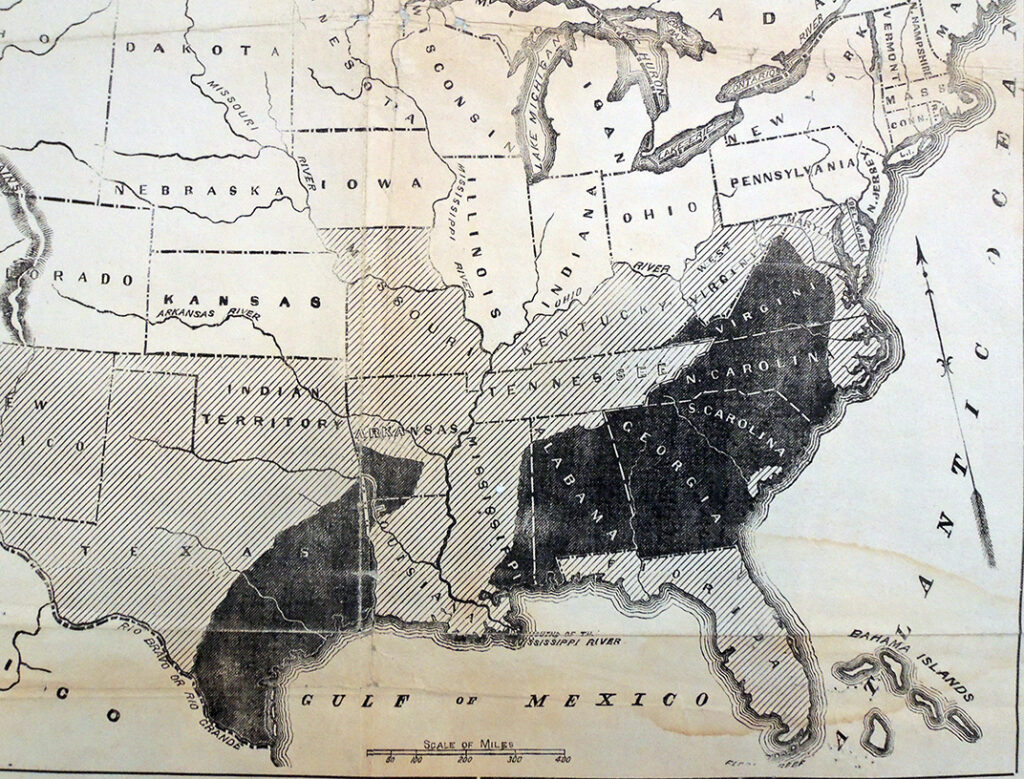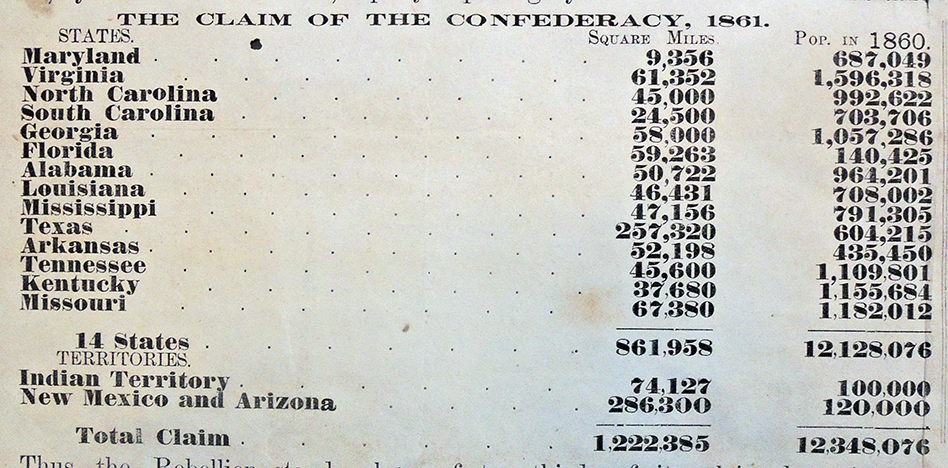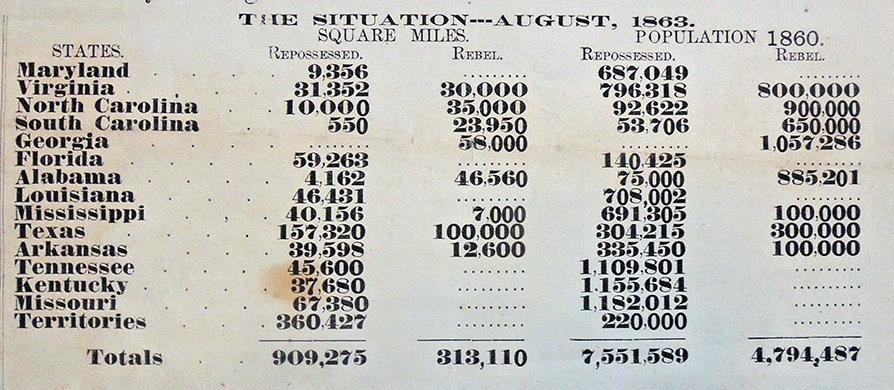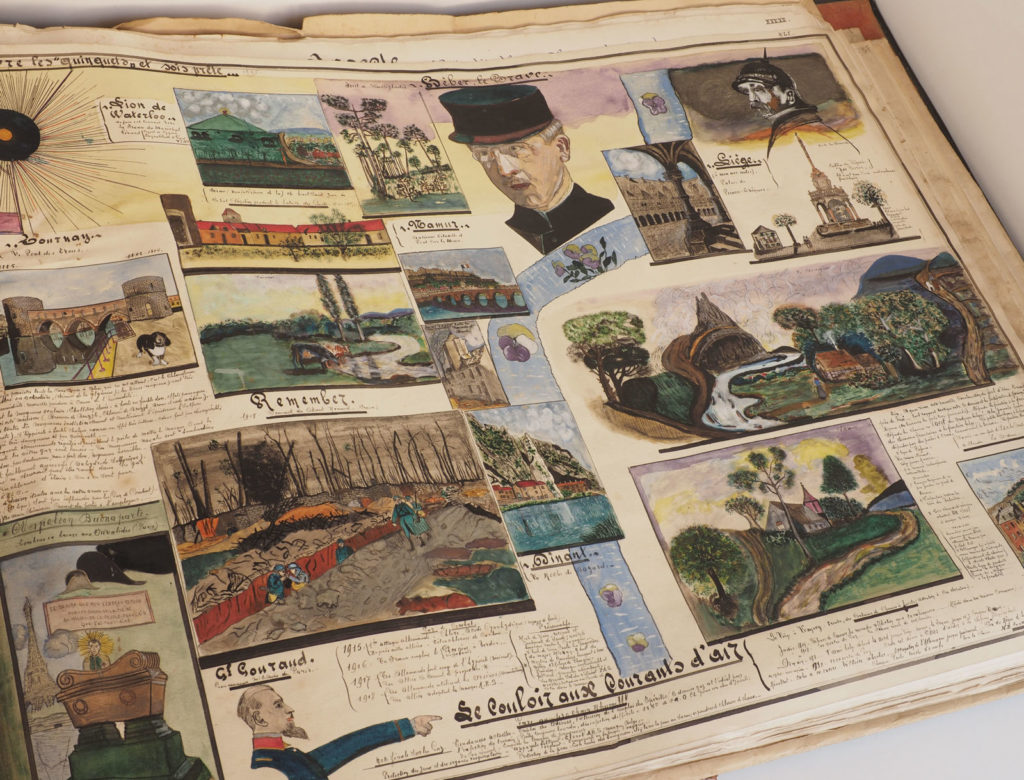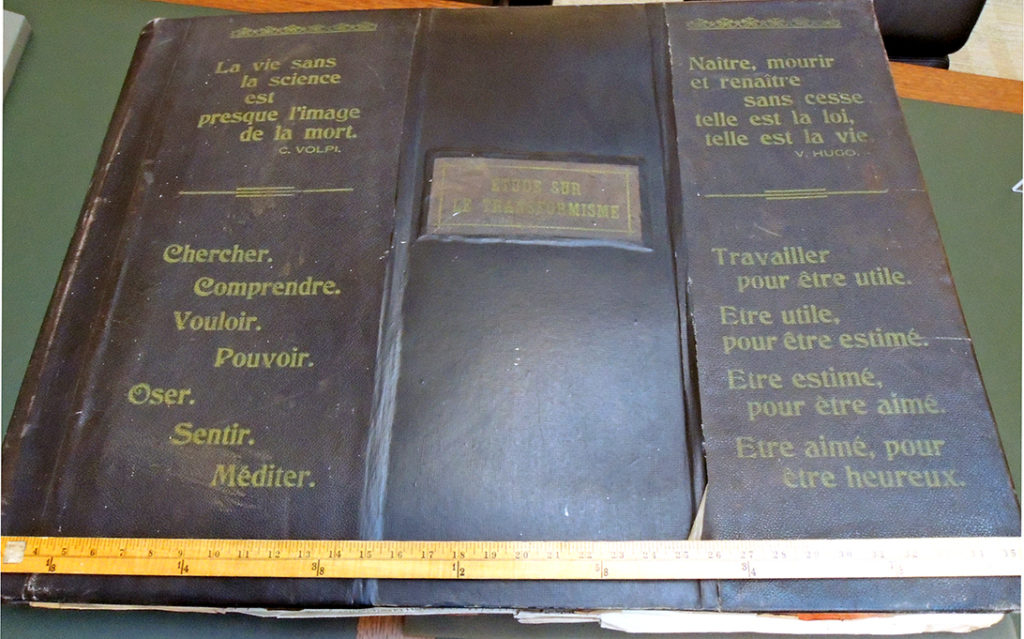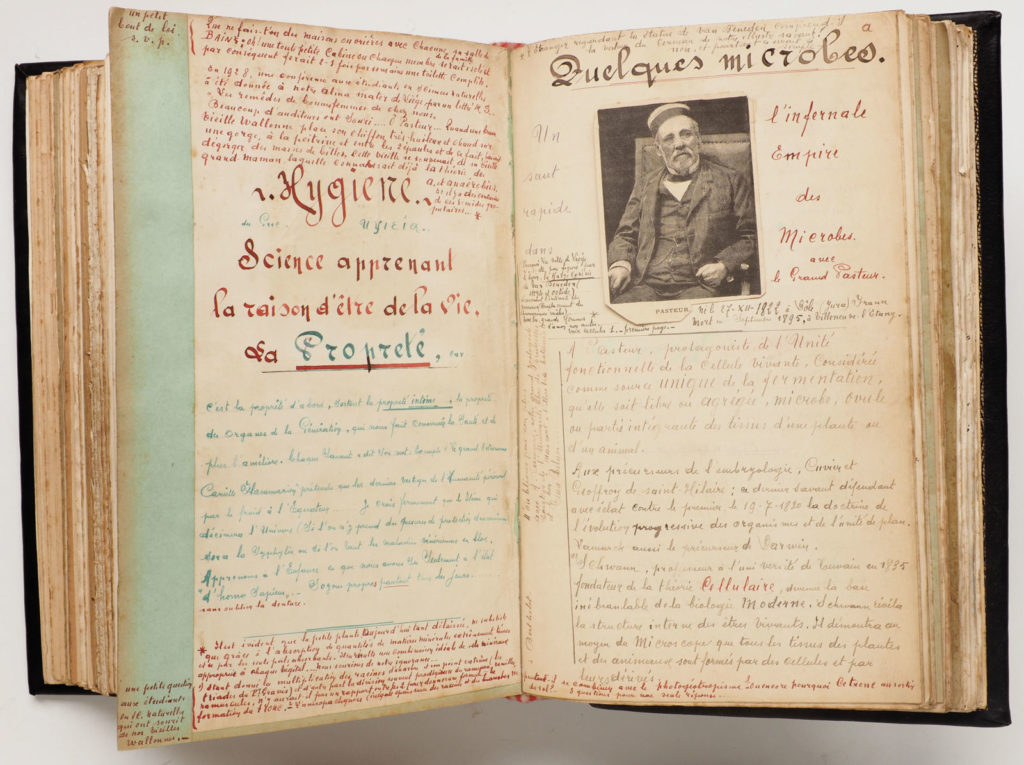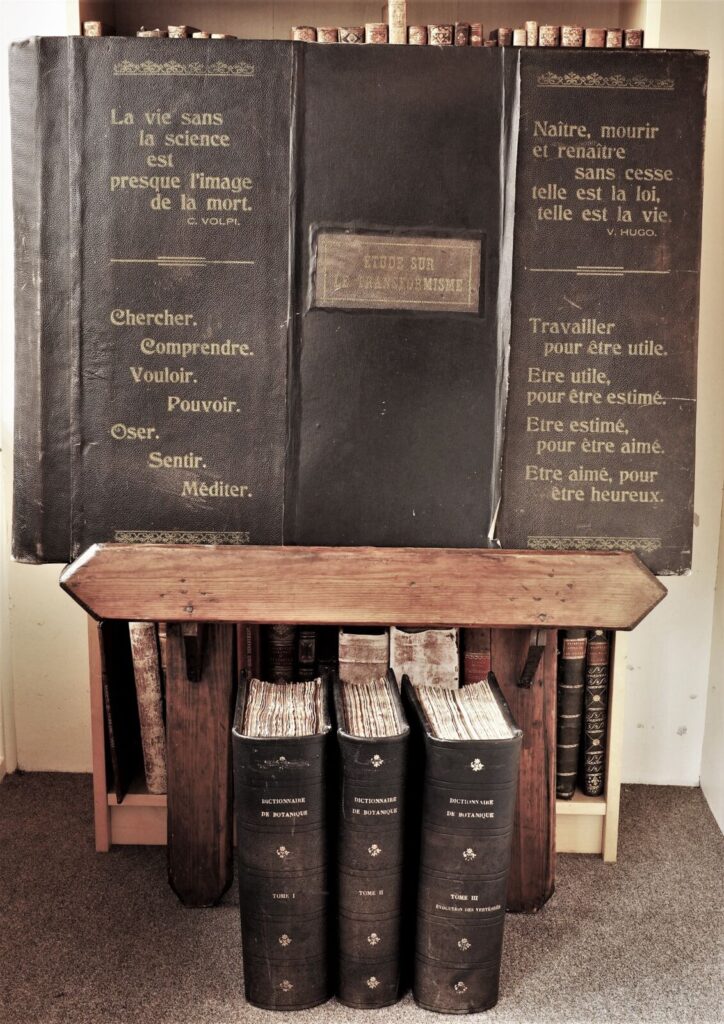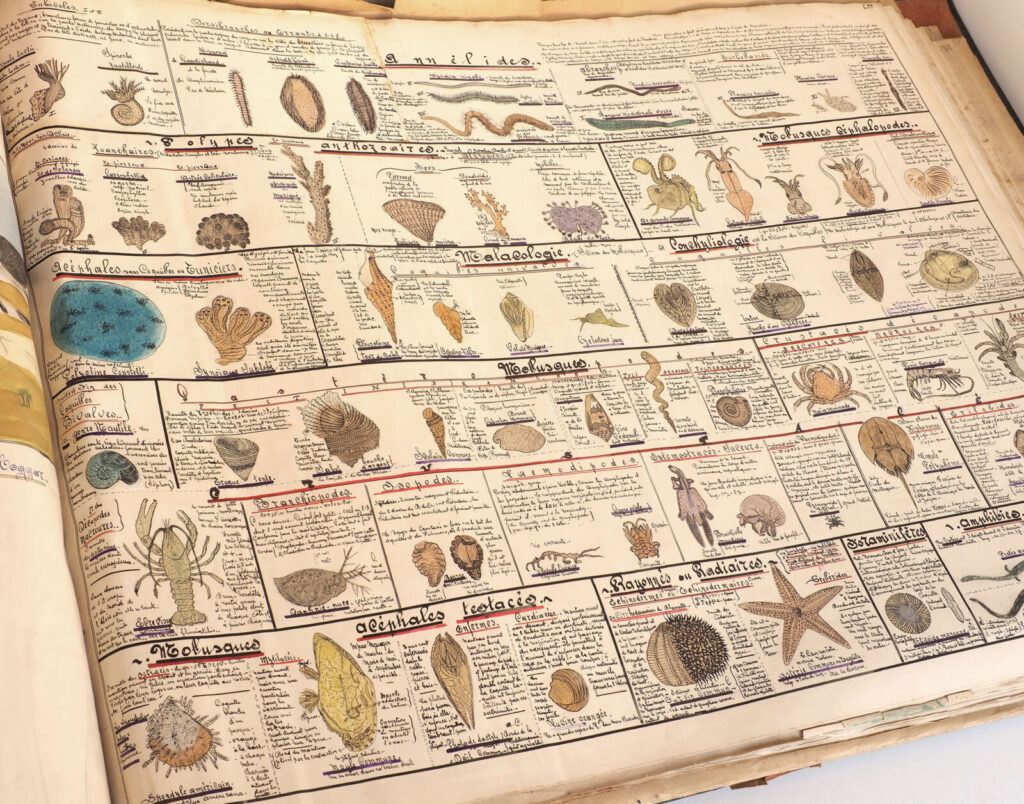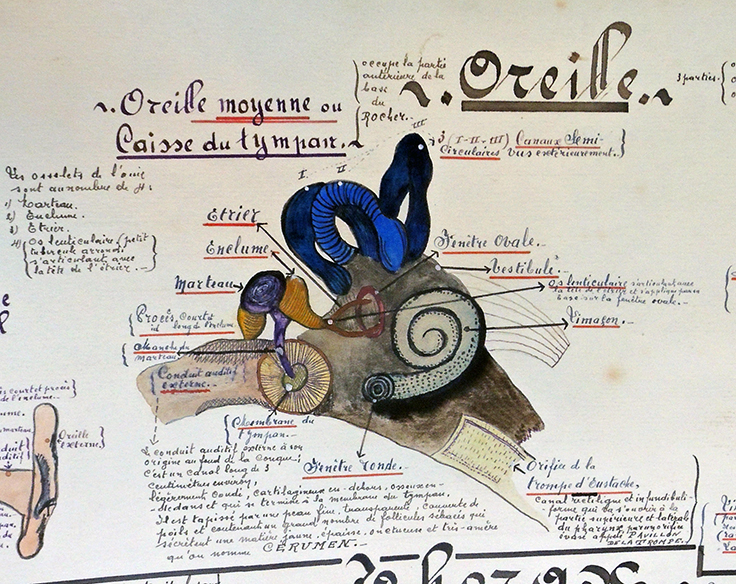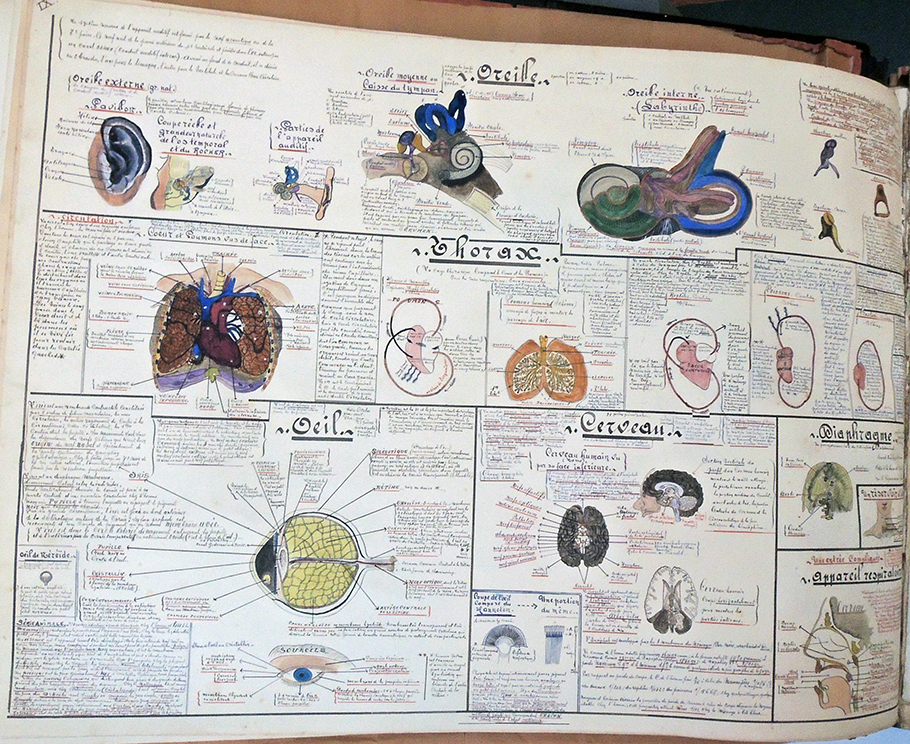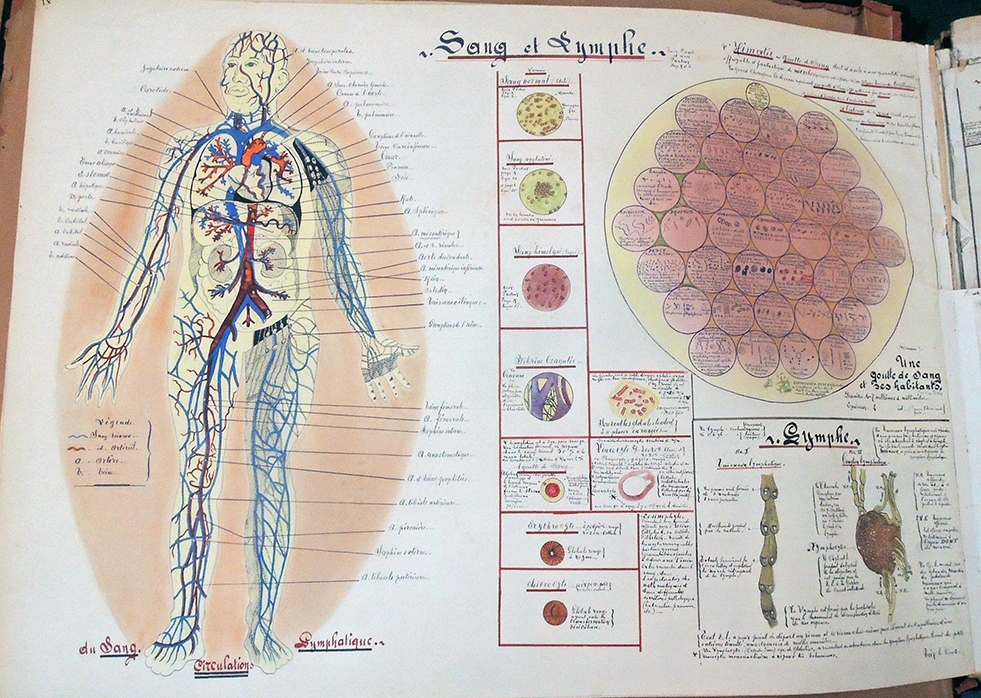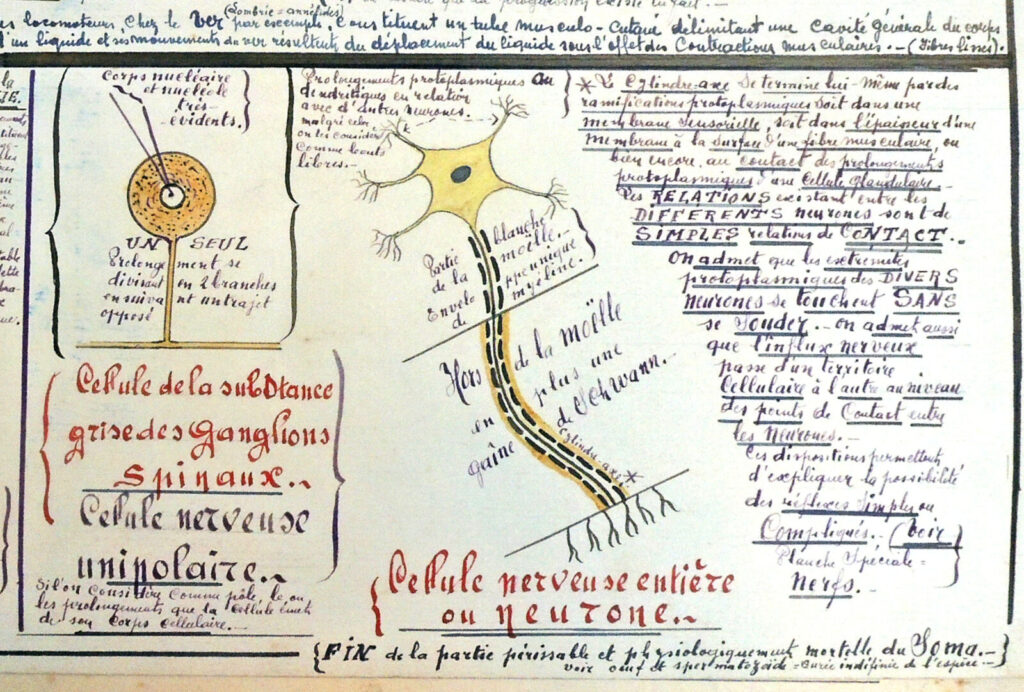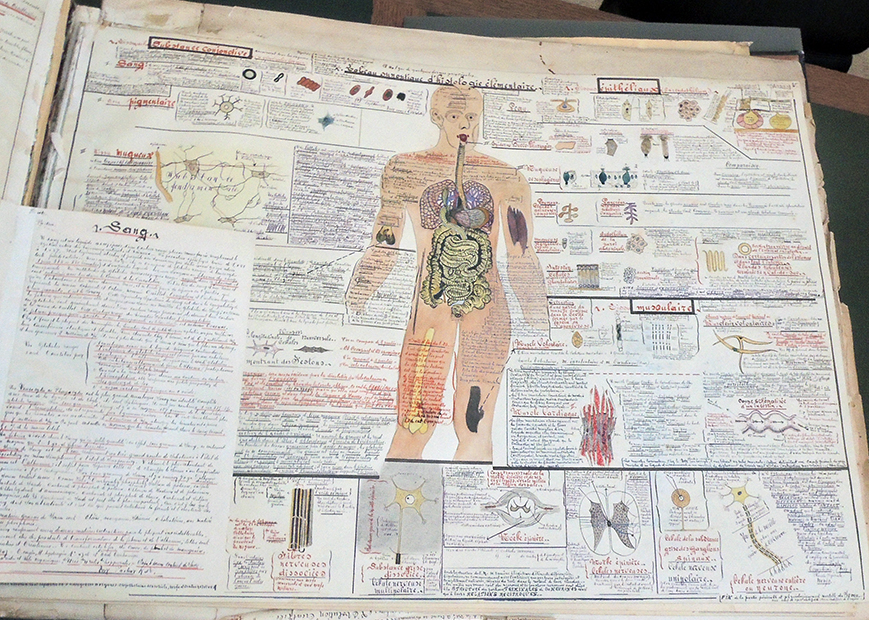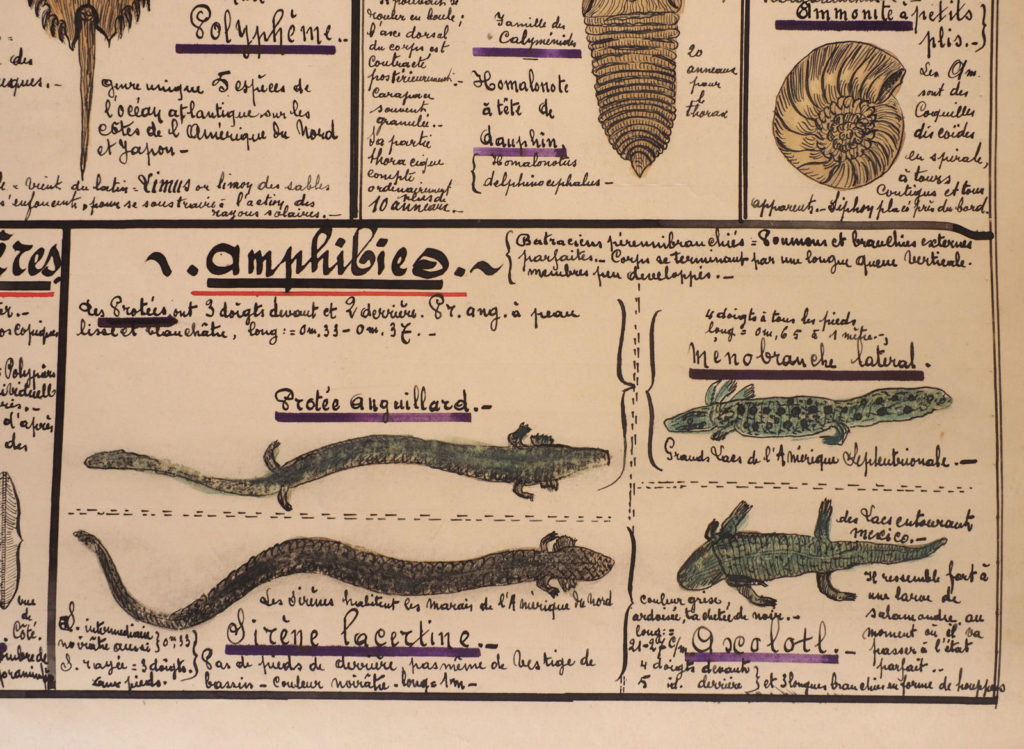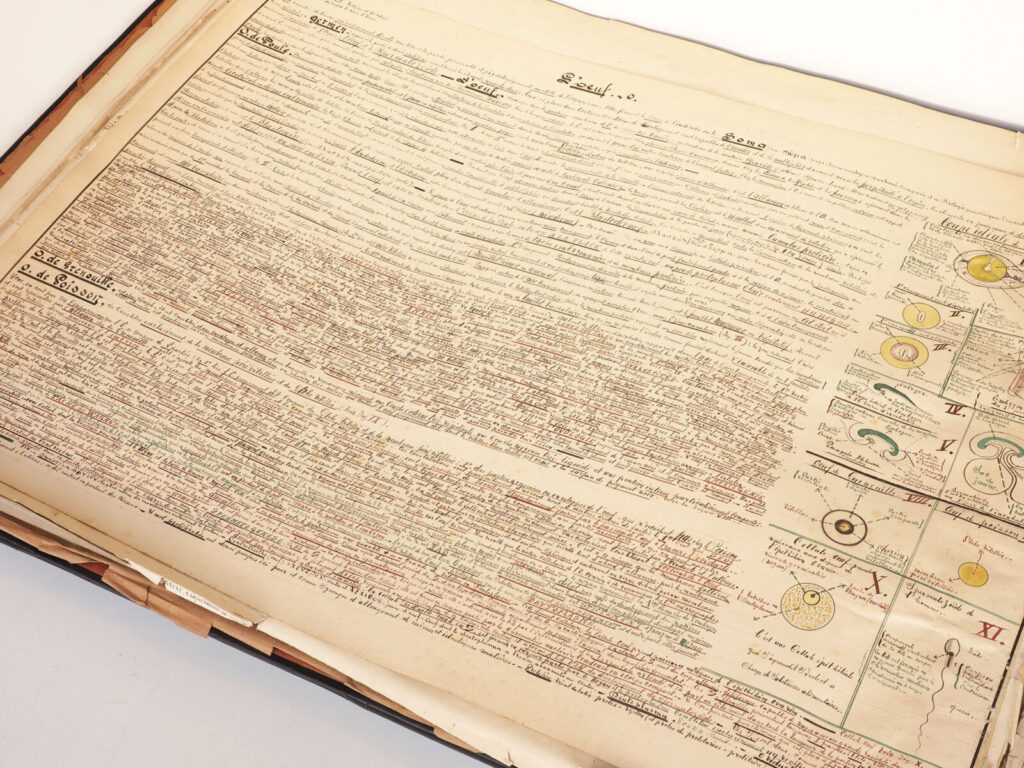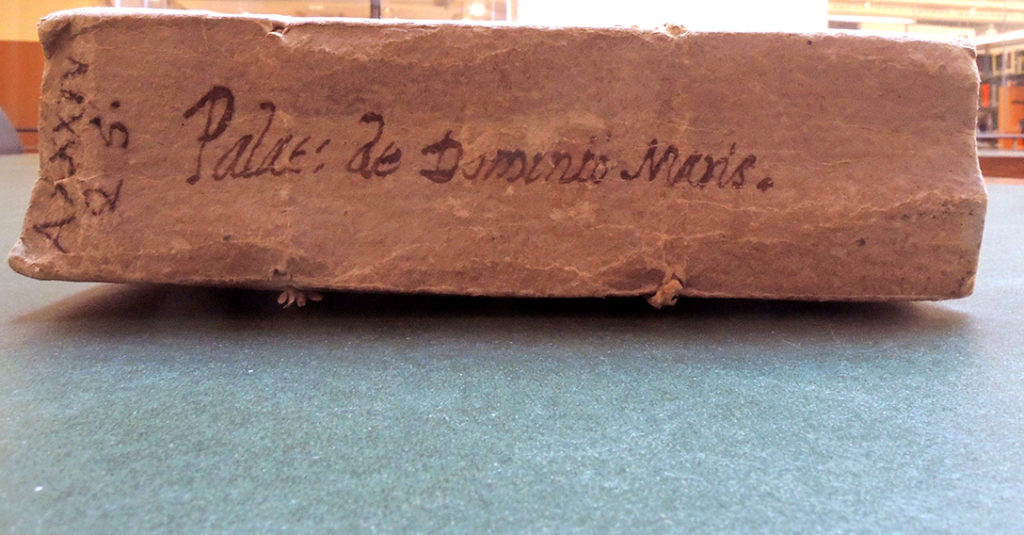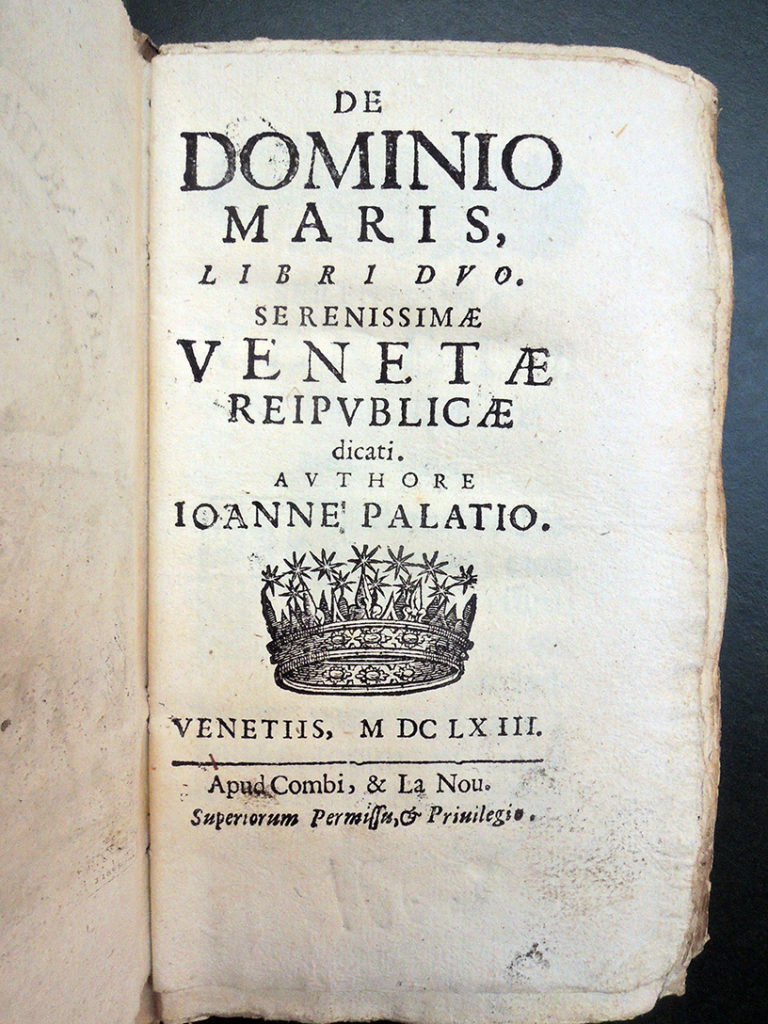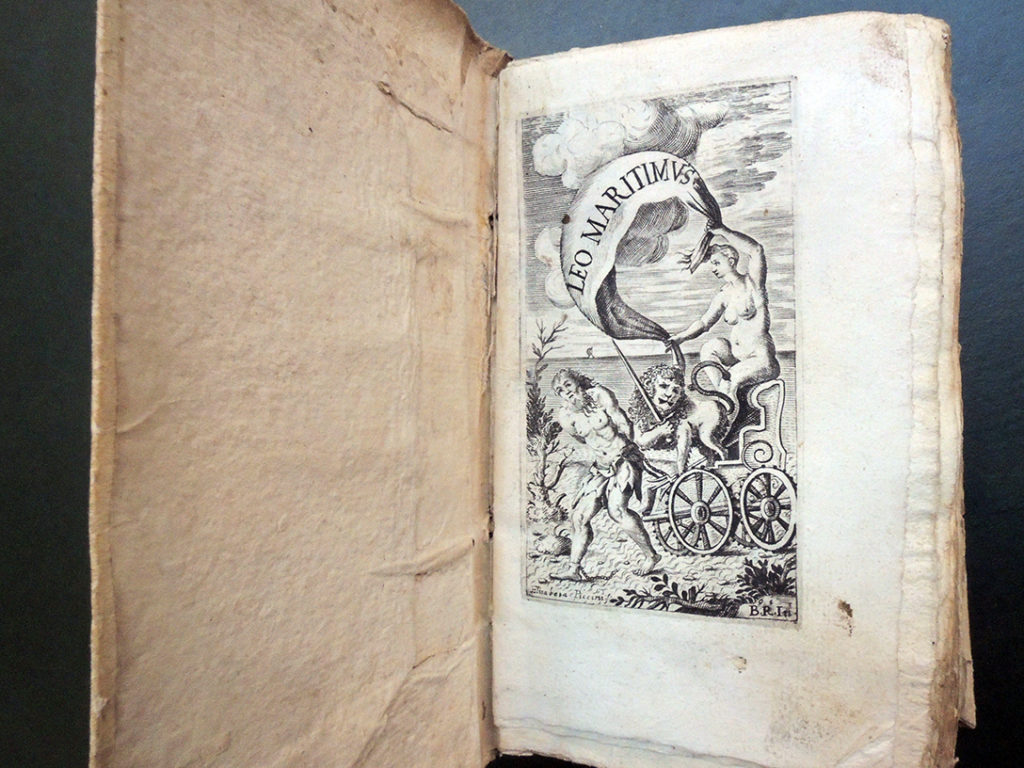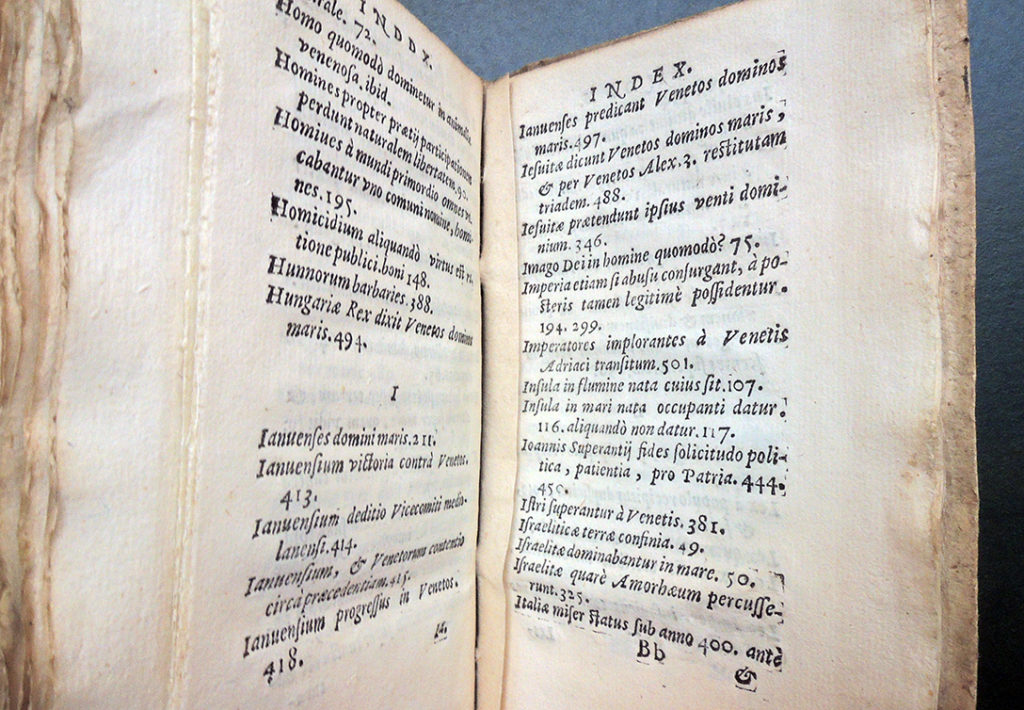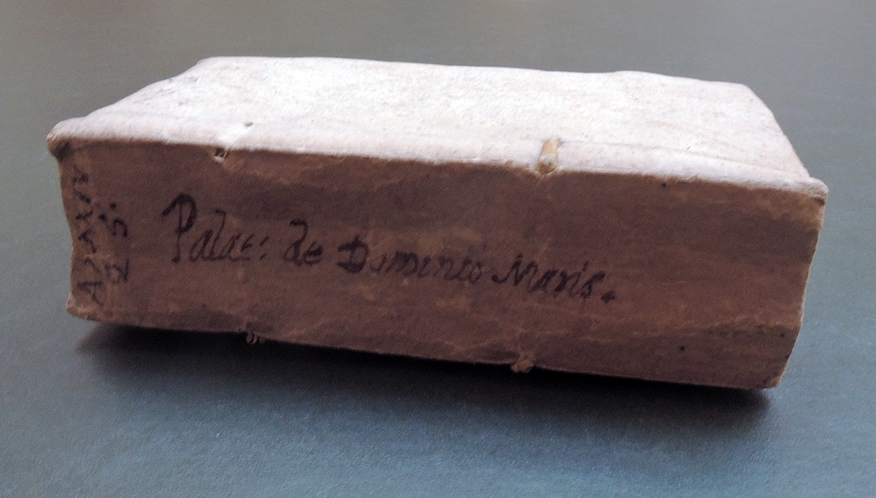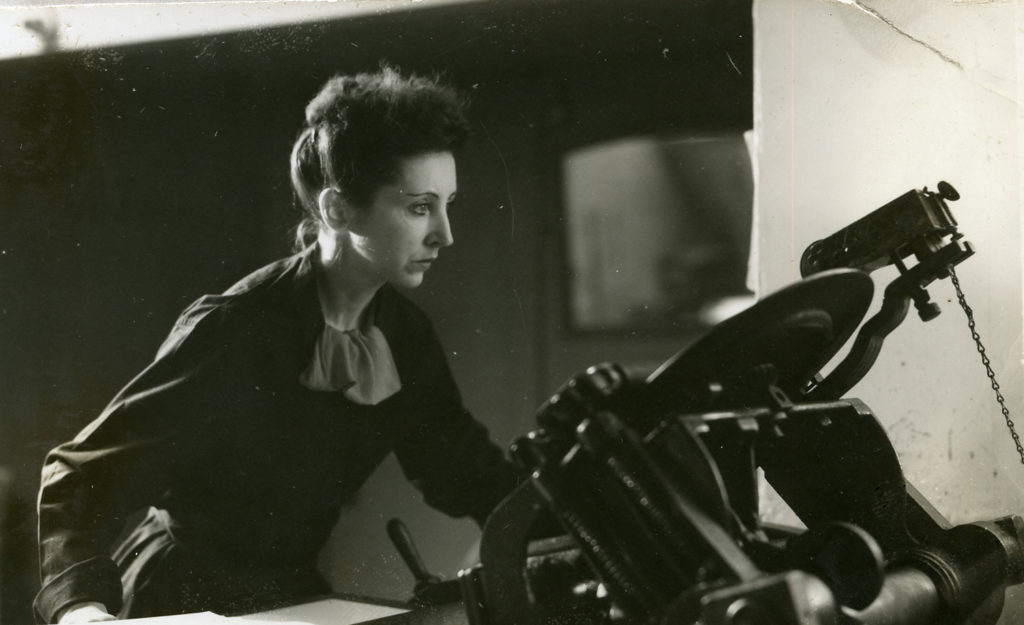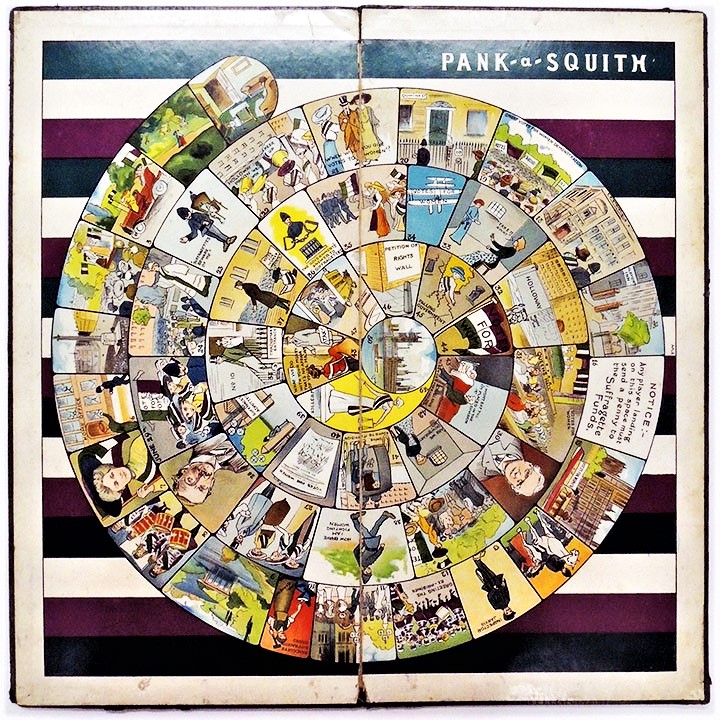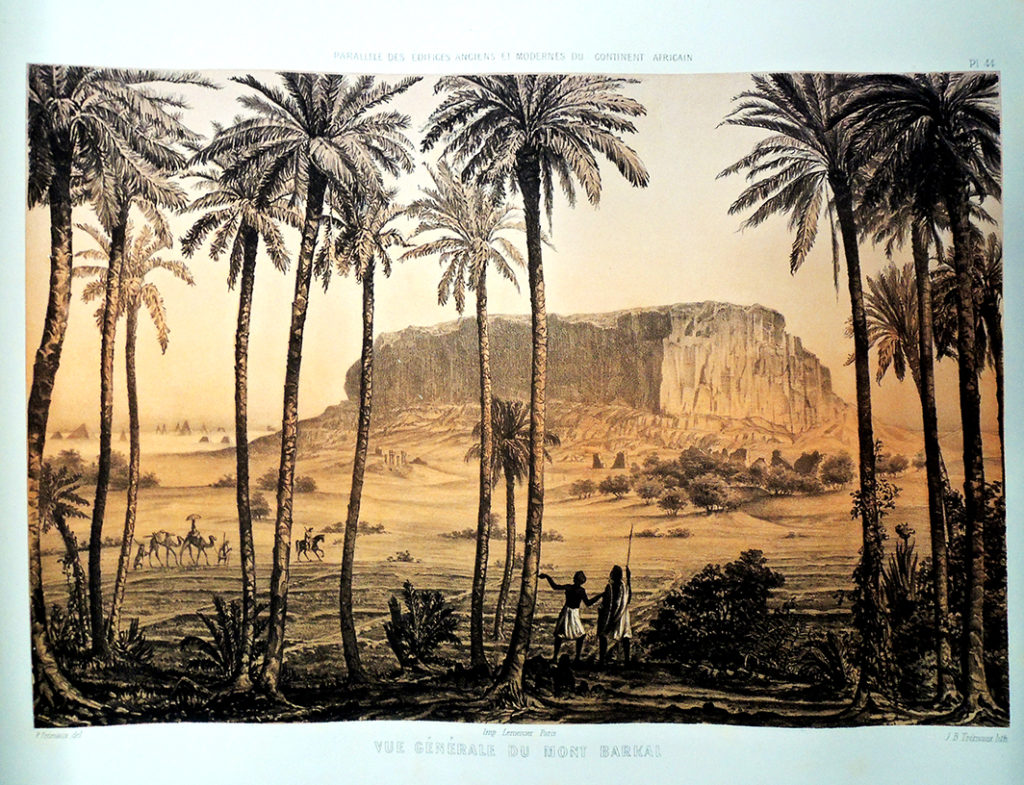
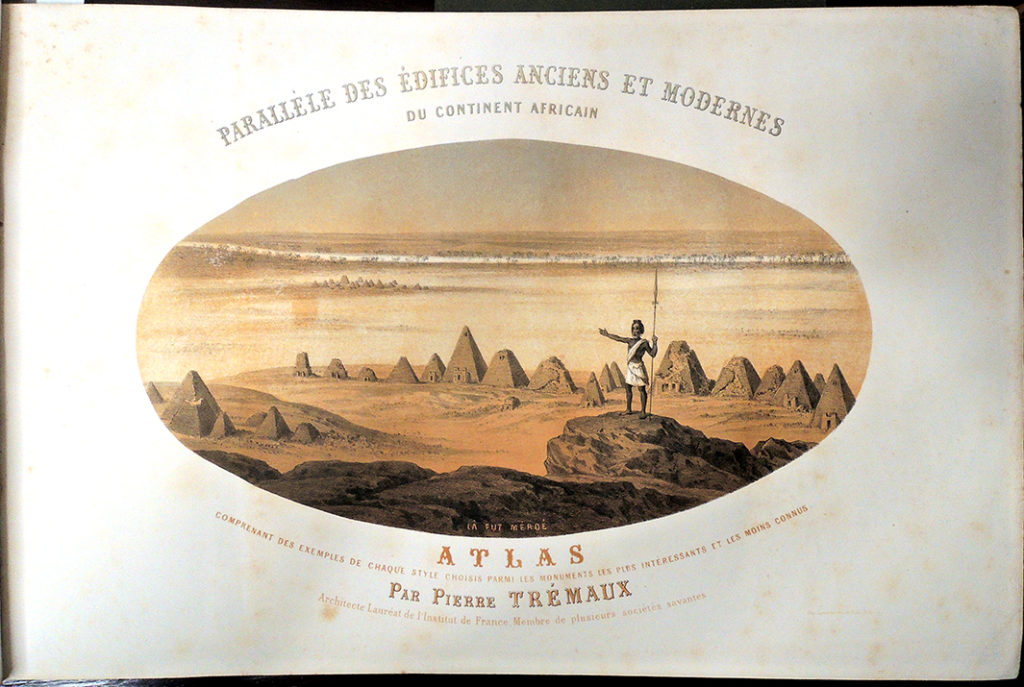
Pierre Trémaux was a remarkable artist, naturalist, and architectural historian, best remembered for his three part publication on the architecture of Africa and Asia Minor: Voyage au Soudan oriental et dans l’Afrique septentrionale executes de 1847 a 1854; Parallèle des édifices anciens et modernes du continent Africain; and Exploration archéologique en Asia mineur. We are fortunate to be adding the second part to the Graphic Arts Collection, leaving only the third yet to be acquired.

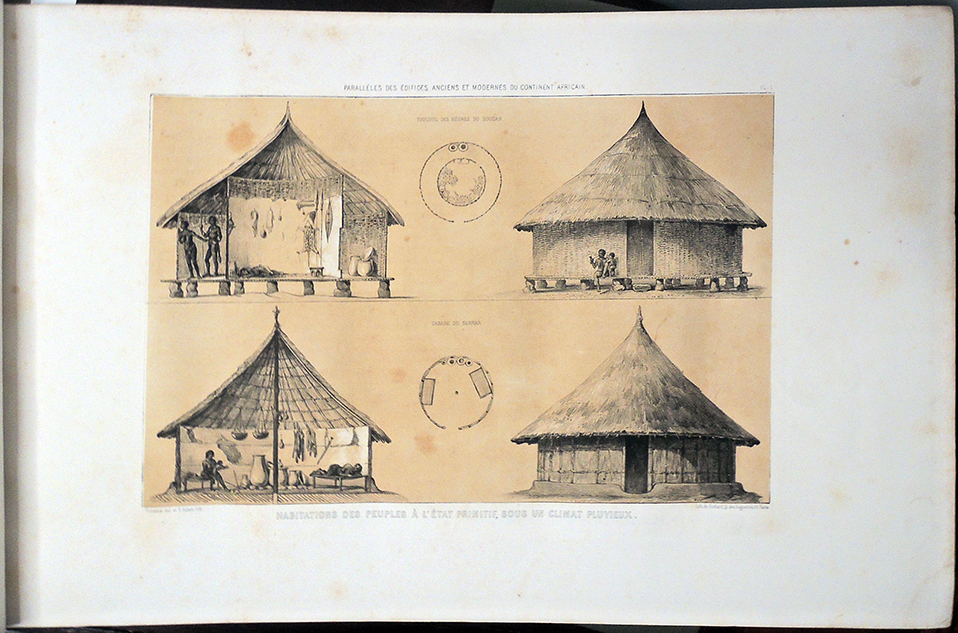
Trémaux meant to document the people and places he saw using the early paper negative process but the quality of the prints was not good. Ultimately, the majority of the published plates are tinted lithographs. In the second volume, he bound the fading salt prints directly opposite a lithograph of the same scene, providing excellent historical comparisons for art and architectural historians. For our purposes here, only single plates are reproduced since photographing two pages in this oblong volume would make them exceptional small.
Now at Princeton: Pierre Trémaux (1818-1895), Voyages au Soudan oriental et dans l’Afrique septentrionale, exécutés de 1847 à 1854: comprenant une exploration dans l’Algérie, le régences de Tunis et de Tripoli, l’Égypte, la Nubie, les déserts, l’île de Méroé, le Sennar, le Fa-Zoglio, et dans les contrées inconnues de la Nigritie; atlas de vues pitoresques, scènes de mœurs, types de végétation remarquables, dessins d’objets éthologiques et scientifiques, panoramas et cartes géographiques (Paris: Borrani, [1852-58]). 37 x 55 cm. Graphic Arts Collection Oversize 2013-0025E. Purchased with funds from the Friends of the Princeton University Library. Fully digitized
Pierre Trémaux (1818-1895), *Parallèles des édifices anciens et modernes du continent africain: dessinés et relevés de 1847 à 1854 dans l’Algérie, les régences de Tunis et de Tripoli, l’Égypte, la Nubie, les déserts, l’Ile de Méroé, le Sennar, la Fa-Zoglo et dans les contrées inconnues de la Nigritie: atlas avec notices (Paris: Librairie L. Hachette et Cie., éditeurs, [between 1854 and 1858?]). 35 x 54 cm. Graphic Arts Collection 2020 in process
*No two extent copies are alike. This copy now at Princeton contains 84 lithographic plates (including title page) and 7 salt prints from paper negatives.
Architect, orientalist and photographer, Pierre Trémaux (1818-1895) made a first naturalist trip in 1847-1848 in Algeria, Tunisia, Upper Egypt, eastern Sudan and Ethiopia; Leaving Alexandria, he sailed up the Nile to Nubia and brought back many drawings. He left in 1853 for a second trip to North Africa and the Mediterranean (Libya, Egypt, Asia Minor, Tunisia, Syria and Greece), from where he brought back this time a precious set of superb photographs, taken on the spot using pioneering techniques for the time, as well as a fascinating travelogue and an interesting collection of natural history.
For this work devoted to the architectural history of Asia Minor and Africa and published in 3 parts over several years (1847-1862), Trémaux drew inspiration from his daguerreotypes, his own sketches and calotypes by the suite to compose the lithographic illustrations. Subsequent issues of his Voyage au Sudan Oriental et dans l’Africa Nord, from 1847 to 1854, contained prints mounted on salted paper which, poorly preserved, had to be replaced by lithographic reproductions.—rough translation from the listing by Pastaud Maison de Ventes aux Enchères
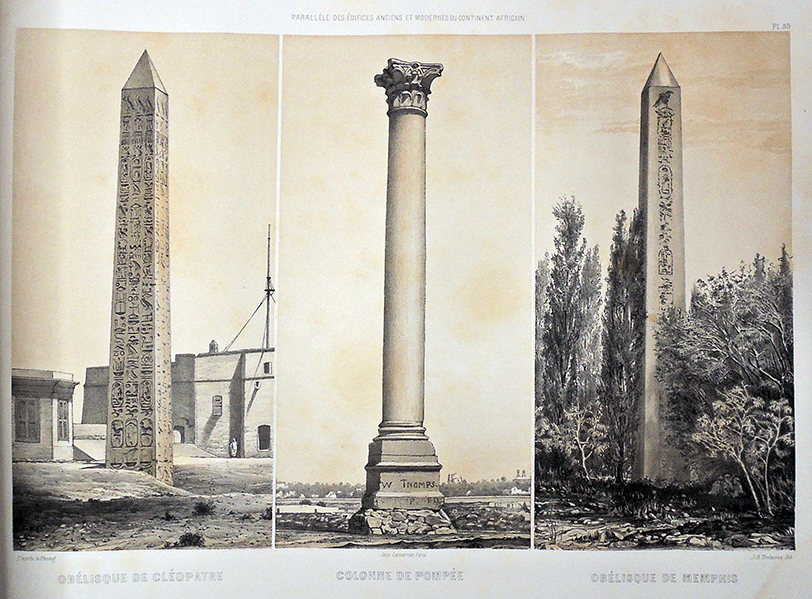

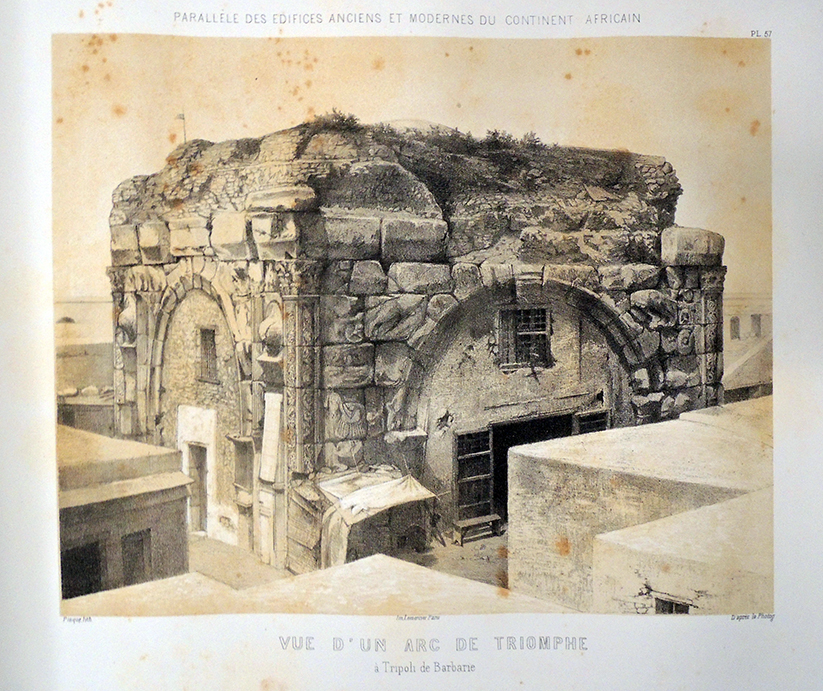
Complete images: https://gallica.bnf.fr/ark:/12148/btv1b10101719c.image
“These luxe publications, produced with the support of the French government, exploit an array of graphic techniques; they combine salted paper prints, engravings, tinted and colour lithographs, photolithographs, and texts in ways never previously attempted. Their examination provides insights into the ways these media interacted, and how comfortably photography in fact sat amongst its predecessors within the long-established context of the travel narrative.” –https://doi.org/10.1080/17540763.2017.1399287
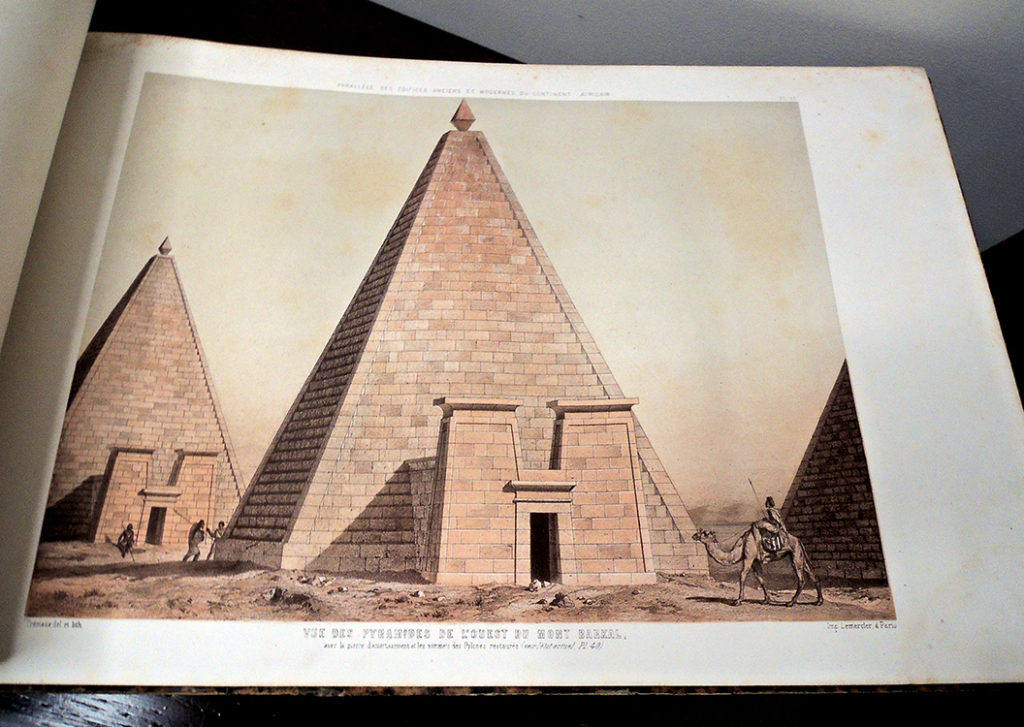
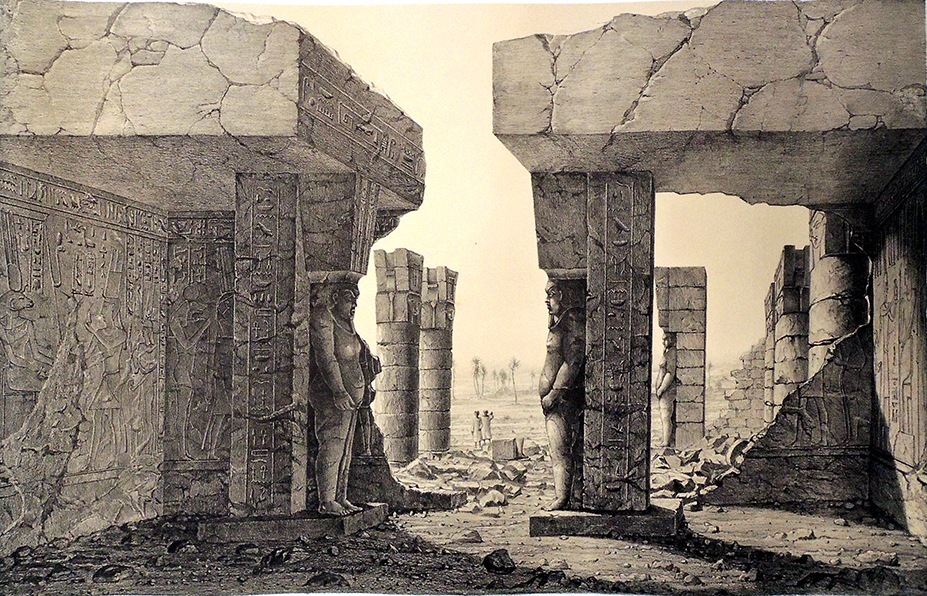
Like many pictorial albums, few historians take the time to read Trémaux’s texts but are content to study and enjoy his images. Recently, some scholars have begun to evaluate his racist views on the populations he documented in Africa and later described in Origine et transformations de l’homme et des autres êtres (1865). For a discussion of Trémaux and Darwin, see: Wilkins, John S. and Nelson, Gareth J., “Trémaux on Species: A theory of allopatric speciation (and punctuated equilibrium) before Wagner”, Archives of Philosophy of the Science, University of Pittsburgh, 2008; texte repris dans la revue History and Philosophy of the Life Sciences, 2008, 30, pp 179-206.
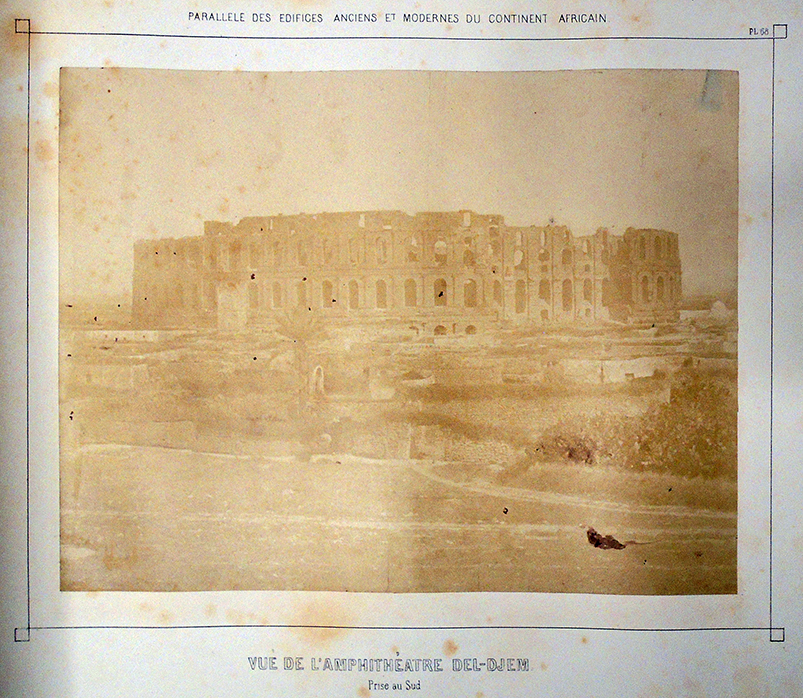
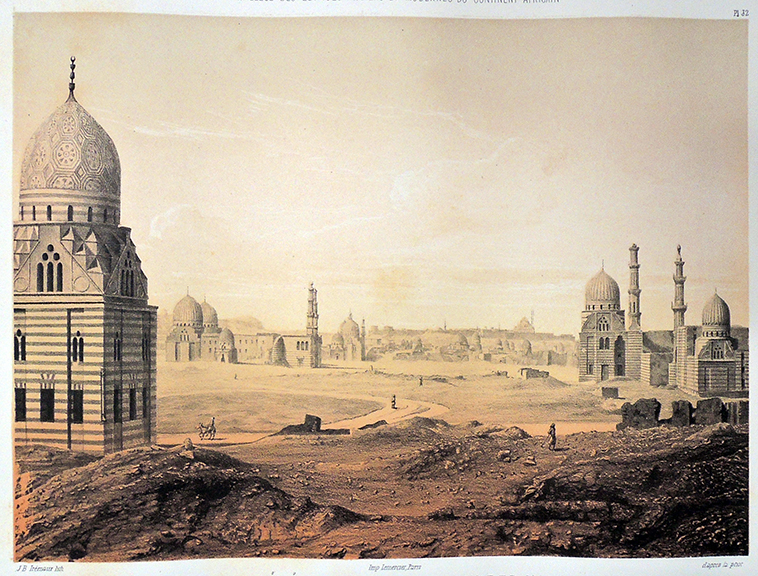

This acquisition lives in the Graphic Arts Collection but was made with sincere thanks to Deborah Schlein, Near Eastern Studies Librarian; Alain St. Pierre, Librarian for History, History of Science and African Studies; Holly Hatheway, Head Librarian, and Nicola Shilliam, Western Bibliographer for Marquand Library of Art and Archaeology; and Patty Gaspari-Bridges, Assistant University Librarian for Collection Development.
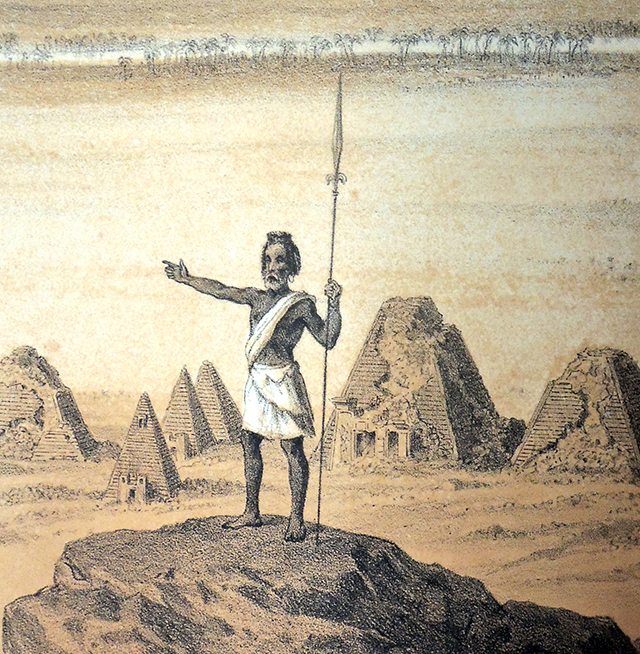
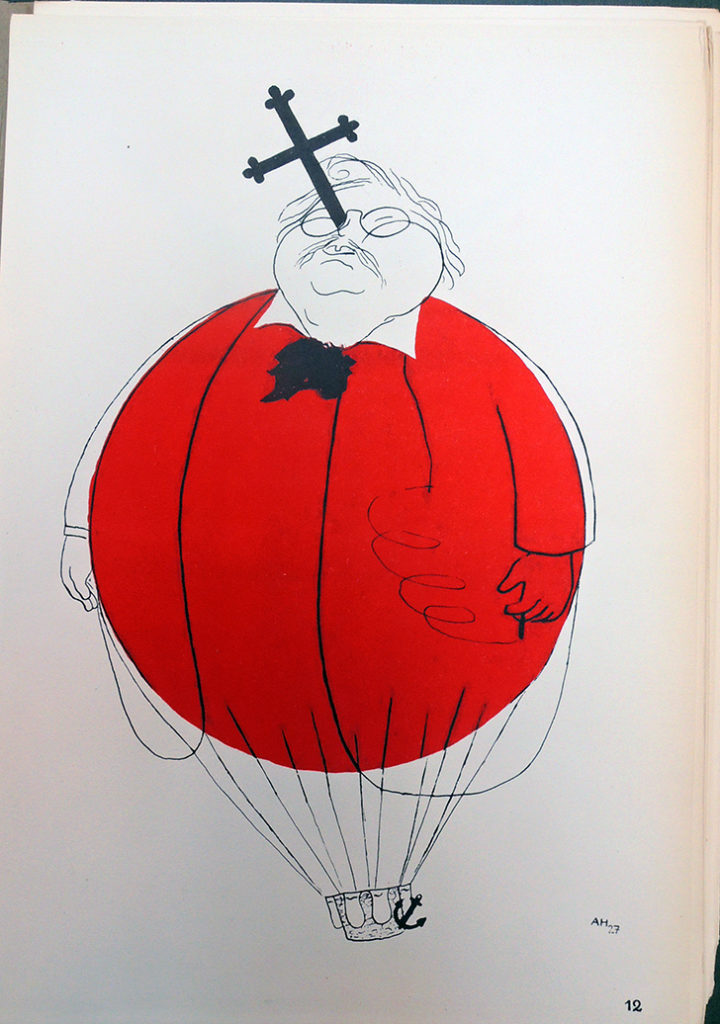
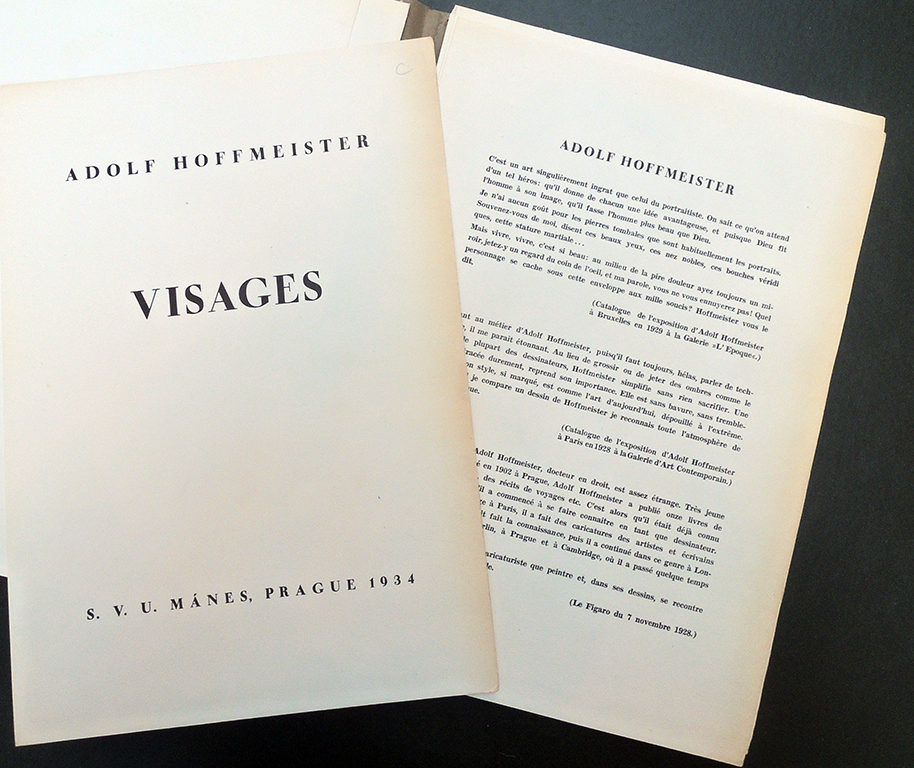 The Graphic Arts Collection acquired this collection of 36 caricatures of political and cultural figures including Adolf Hitler, Jean Cocteau, James Joyce, and Boris Pasternack.
The Graphic Arts Collection acquired this collection of 36 caricatures of political and cultural figures including Adolf Hitler, Jean Cocteau, James Joyce, and Boris Pasternack.

